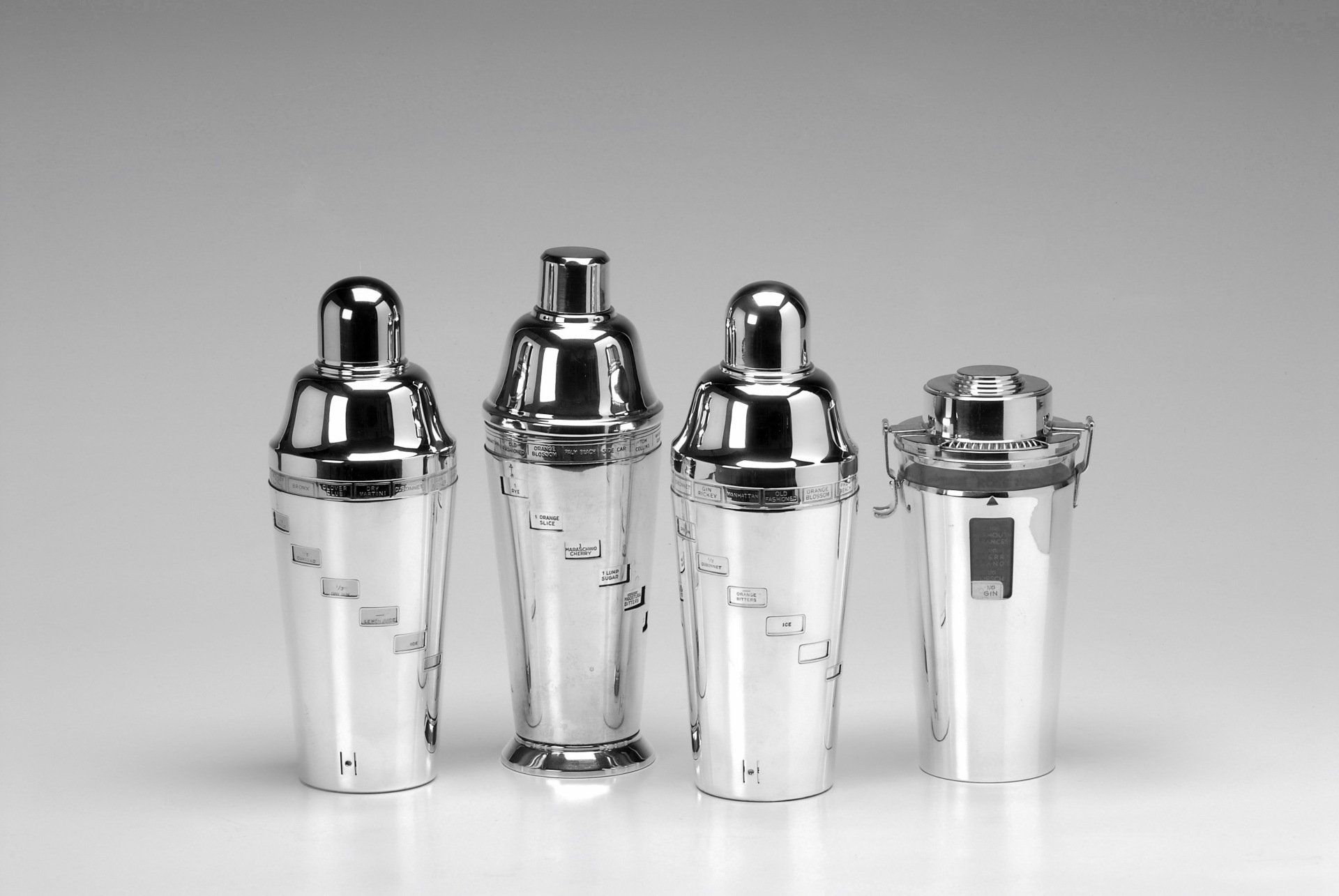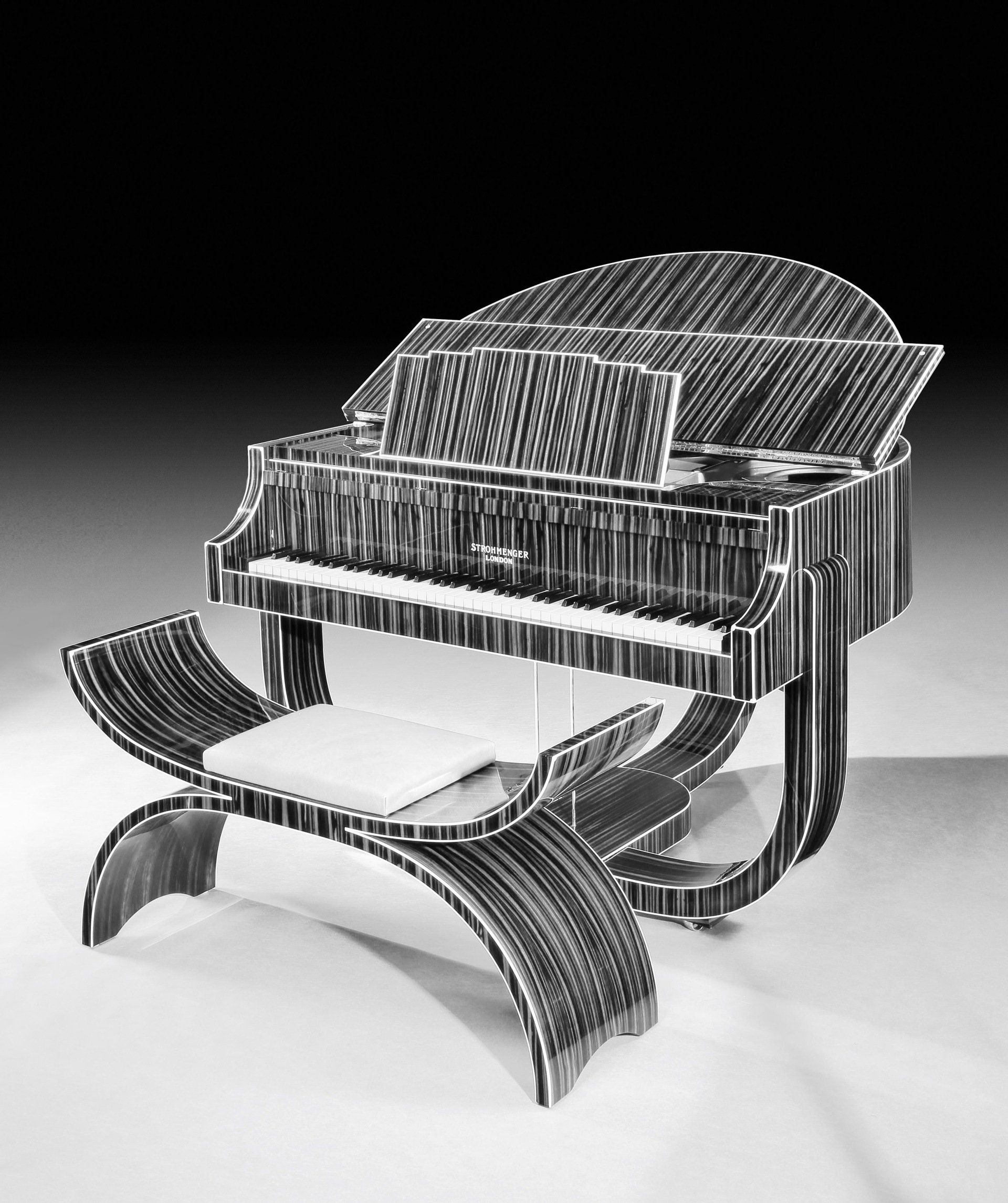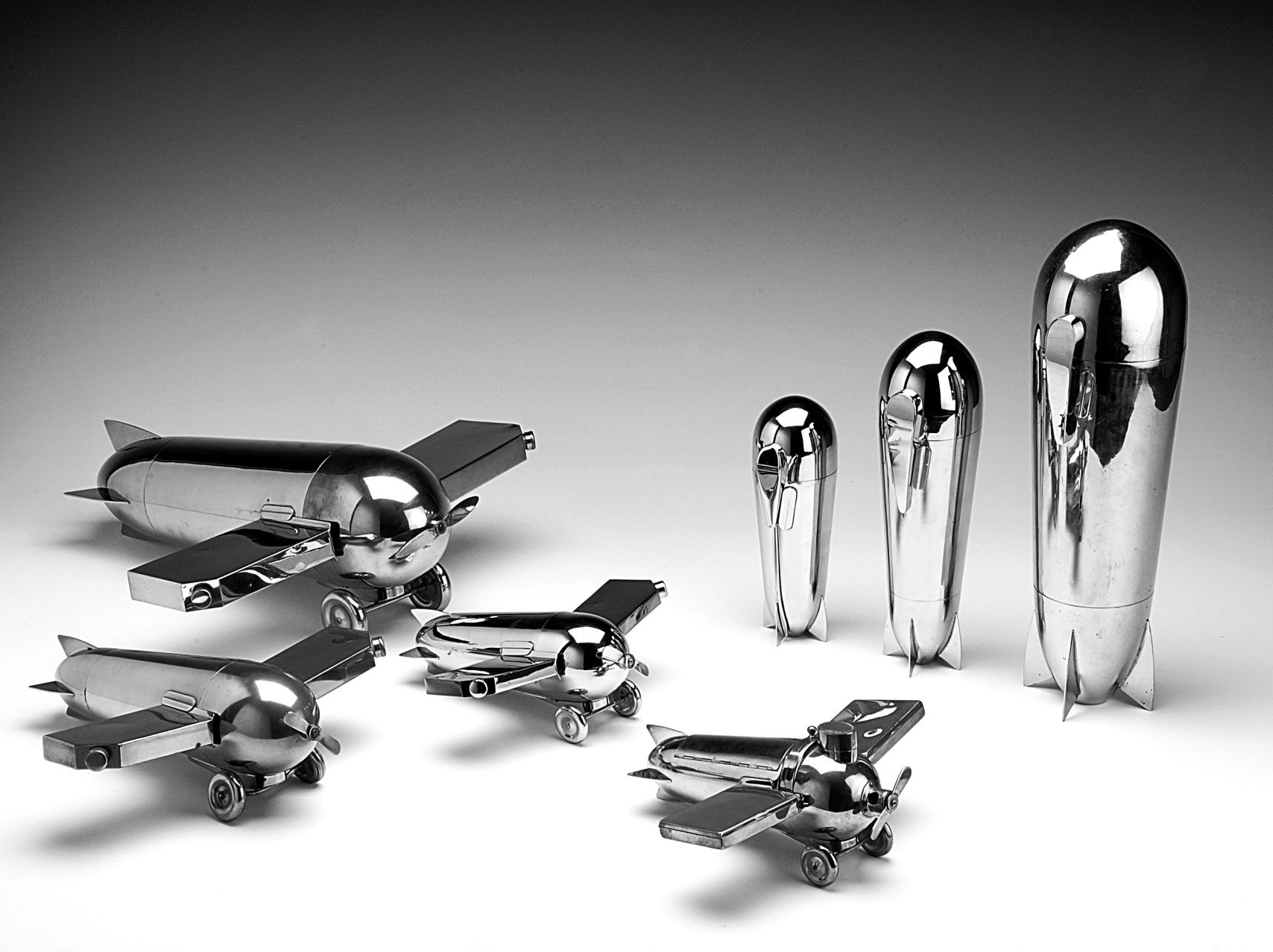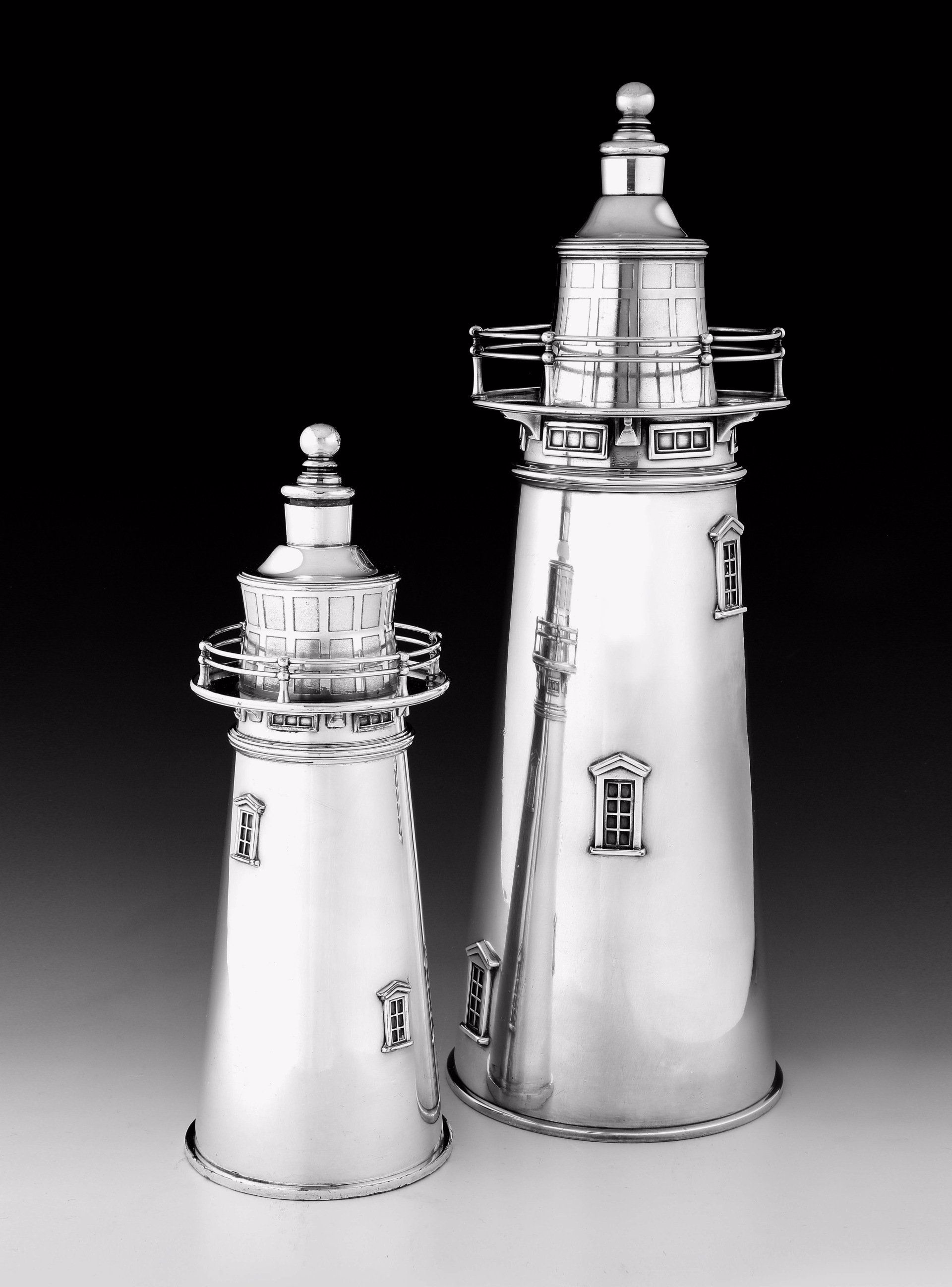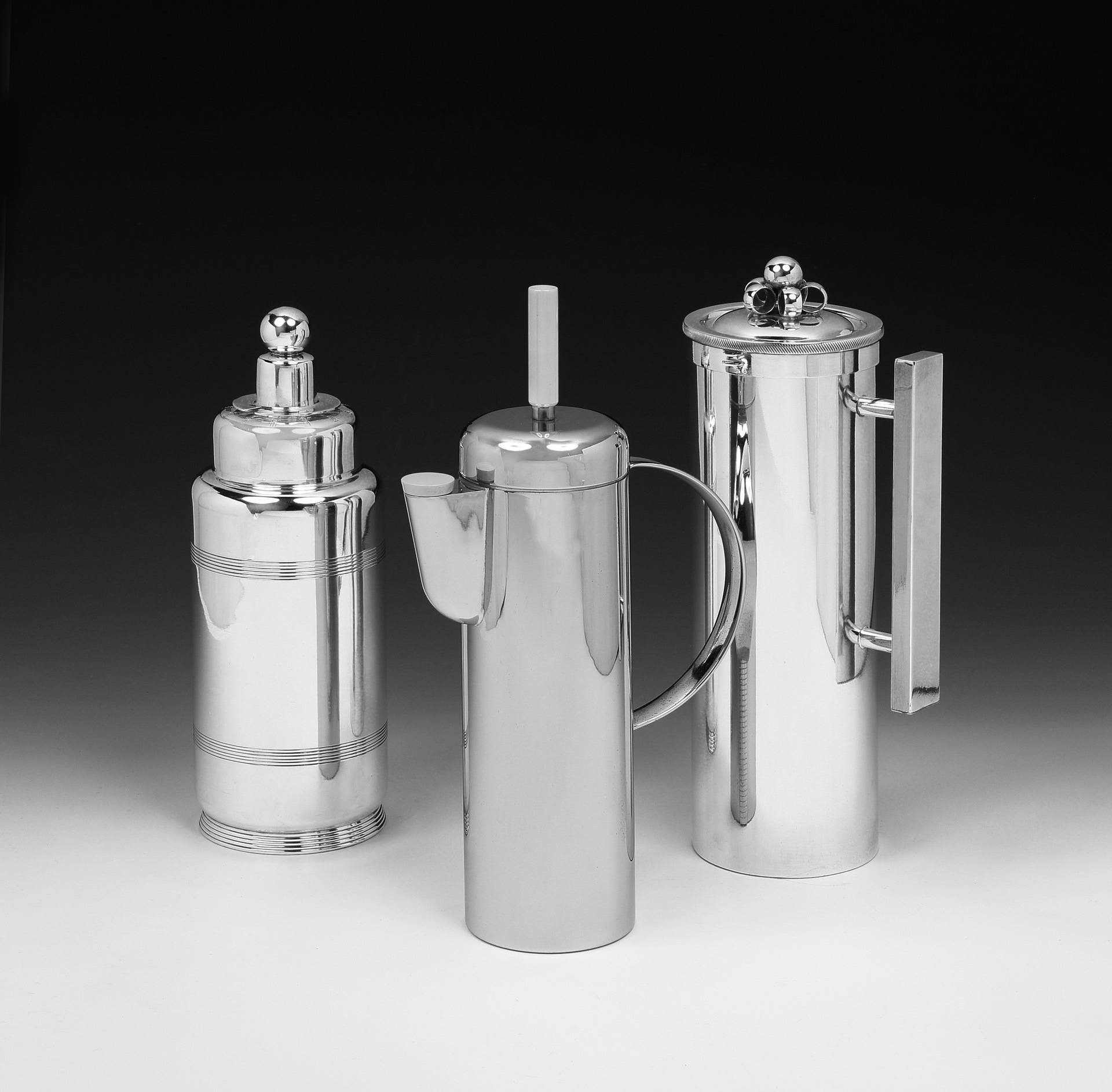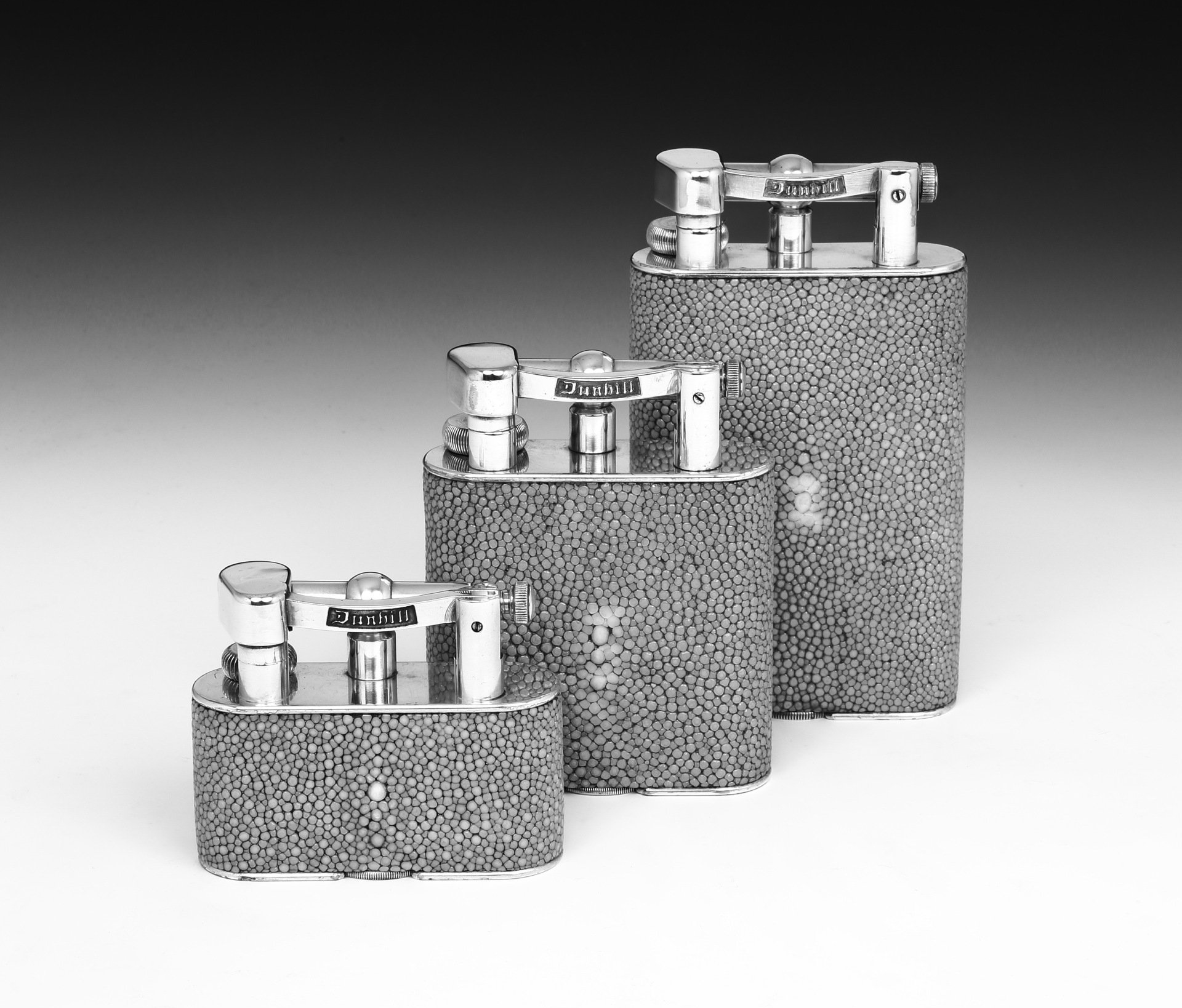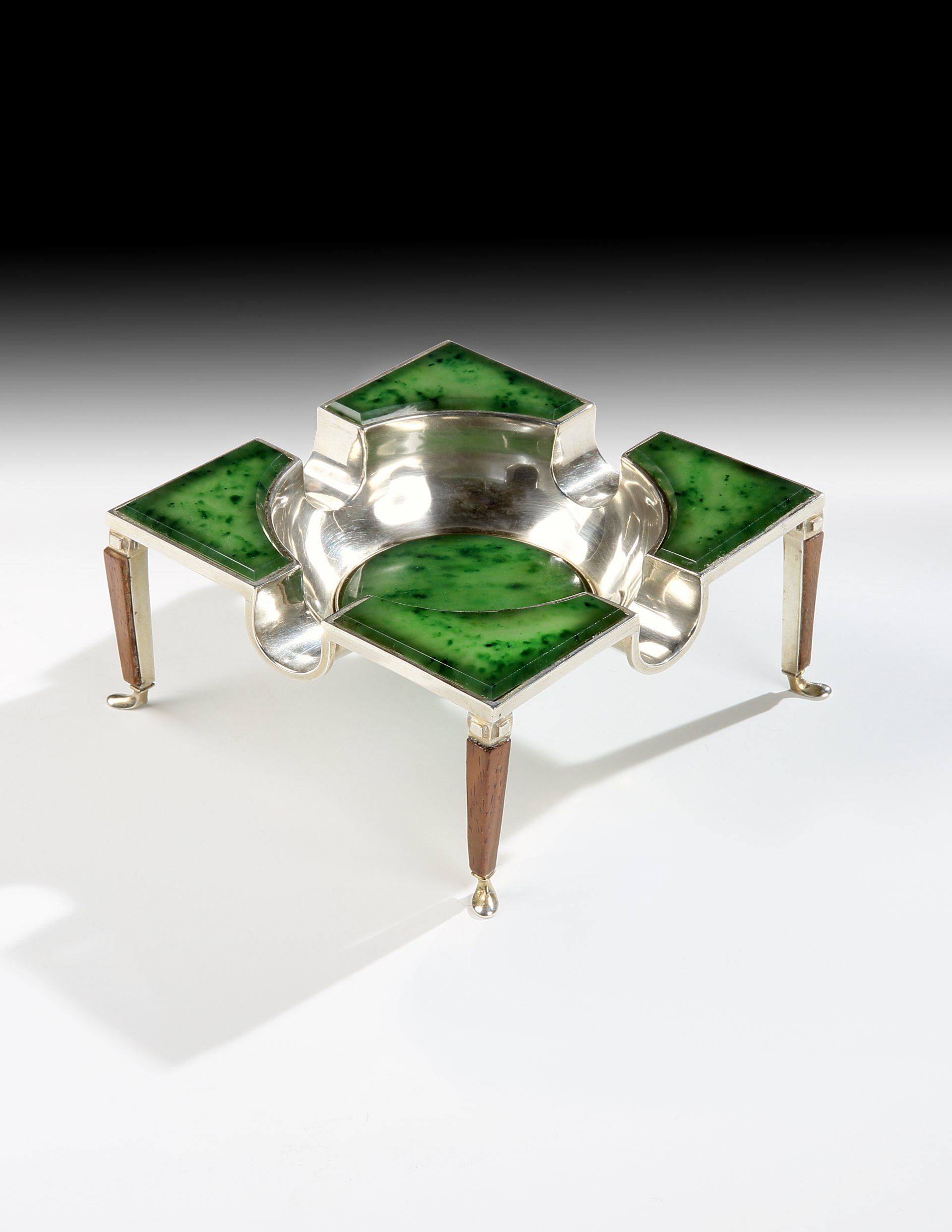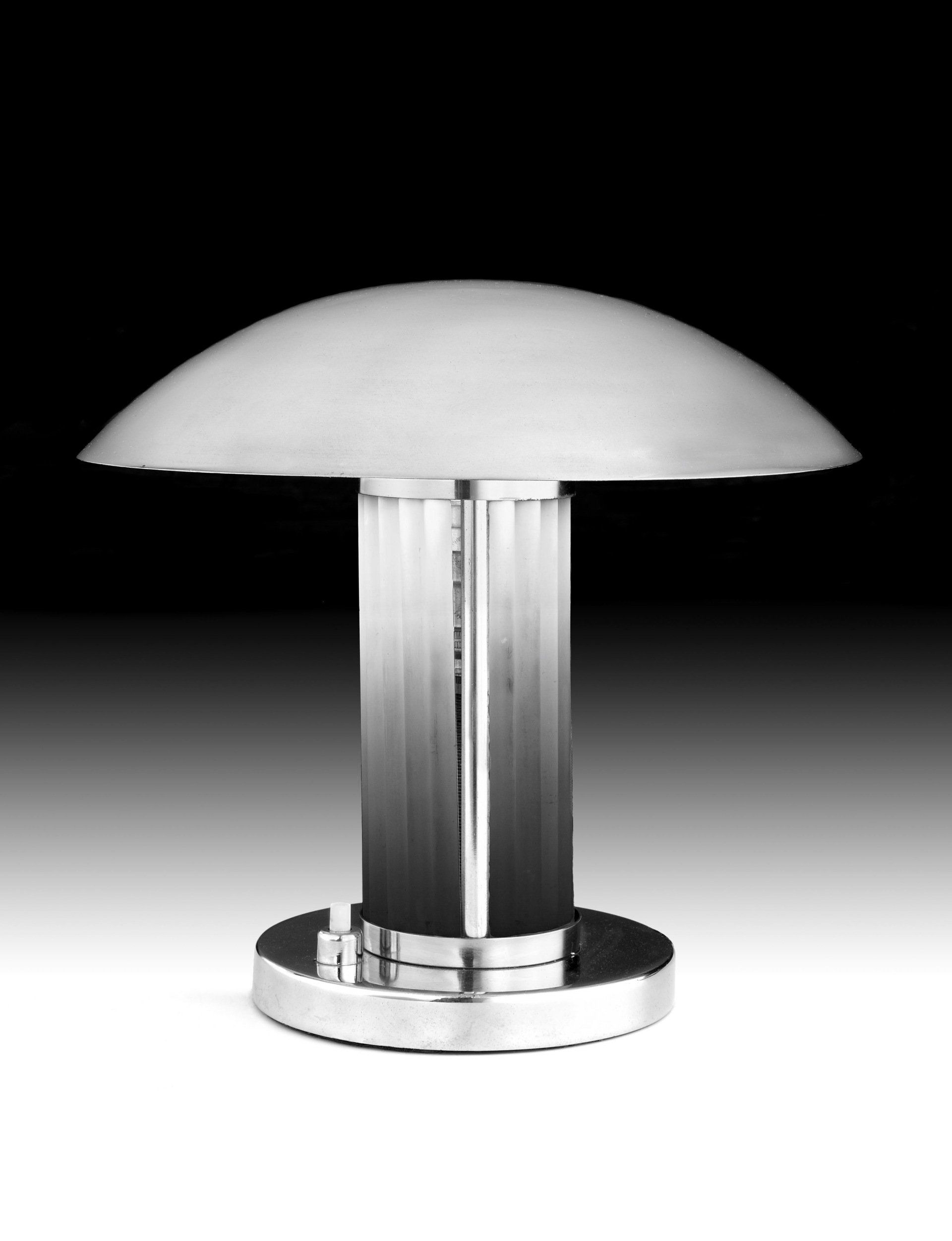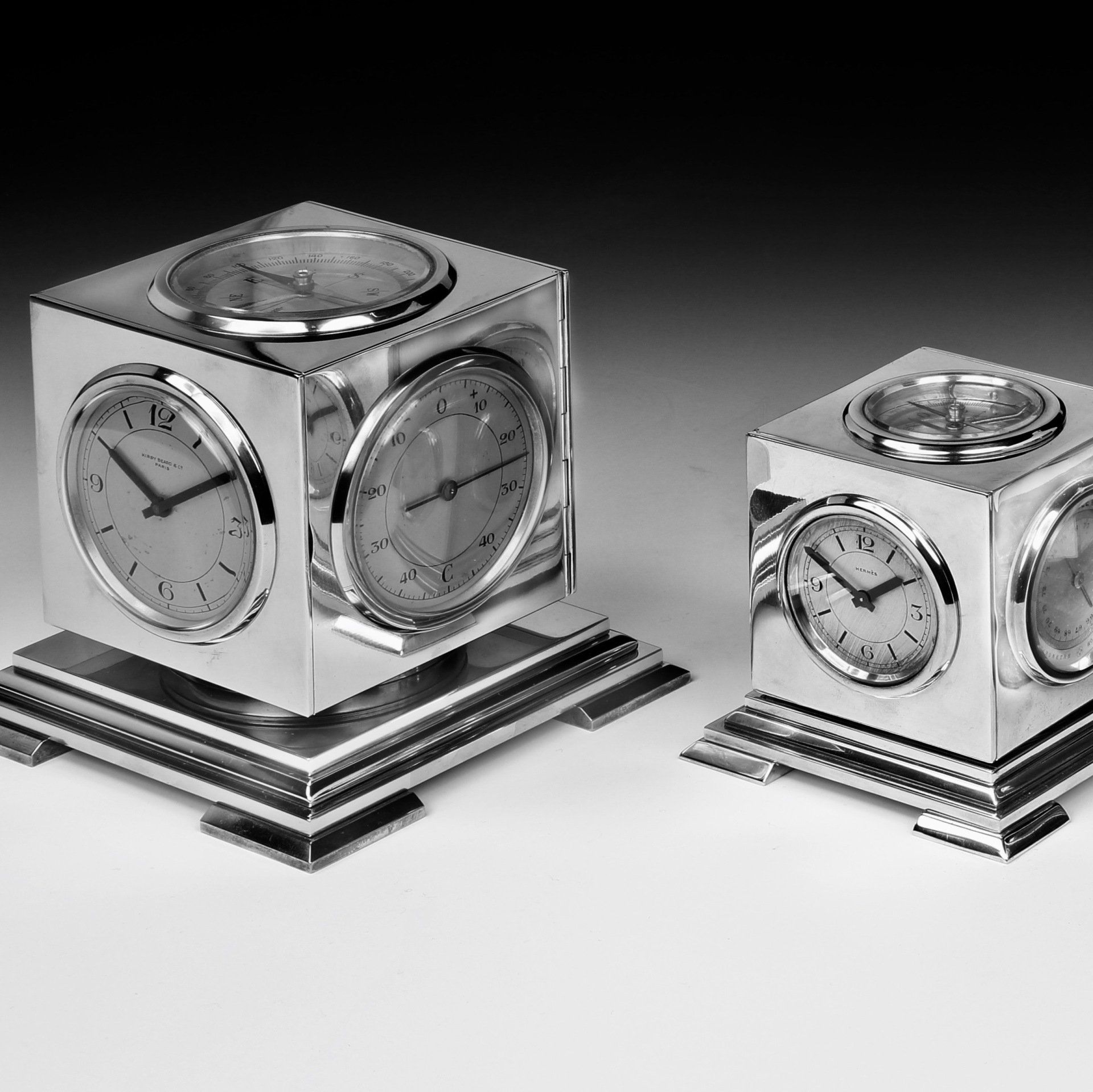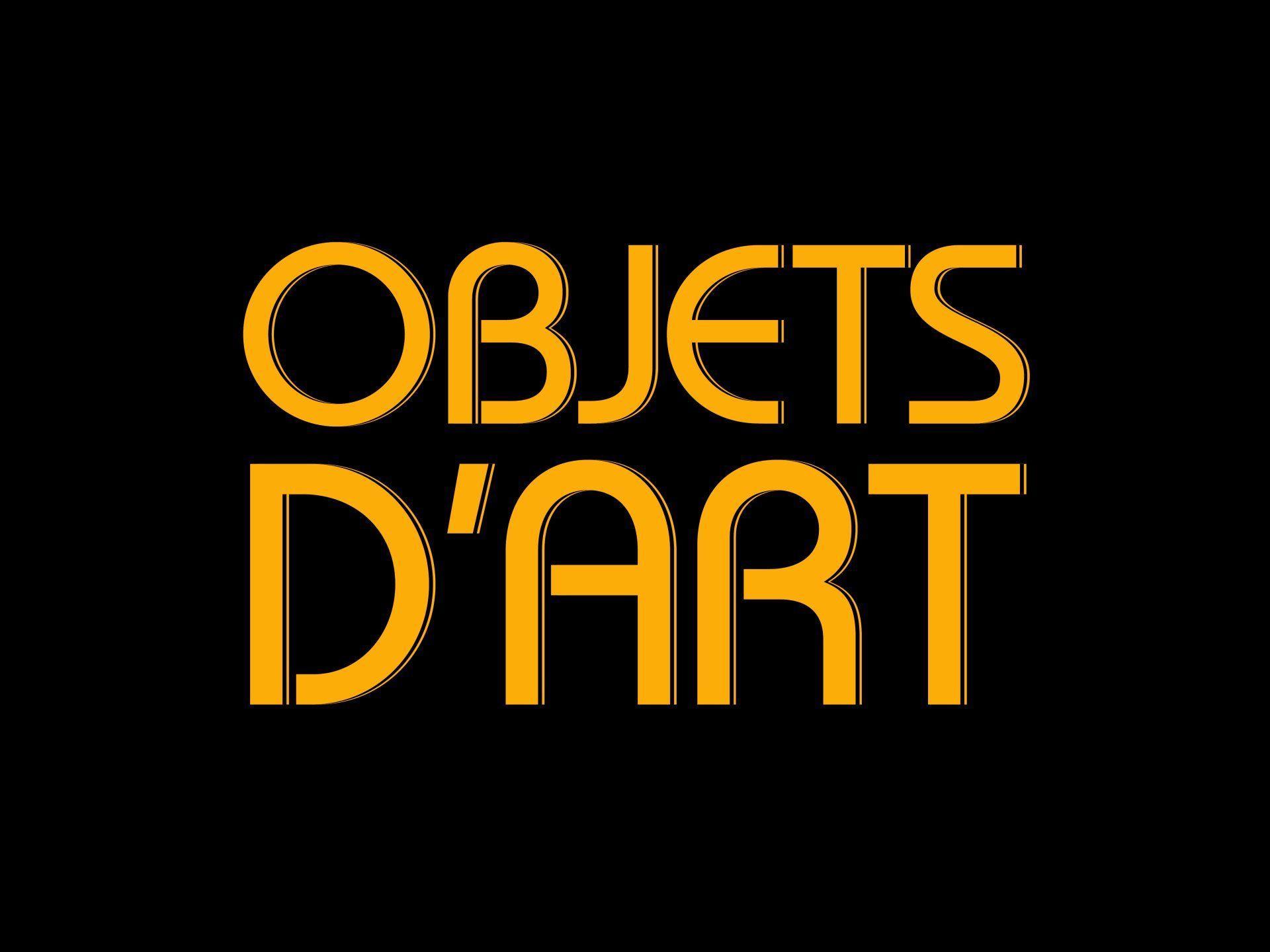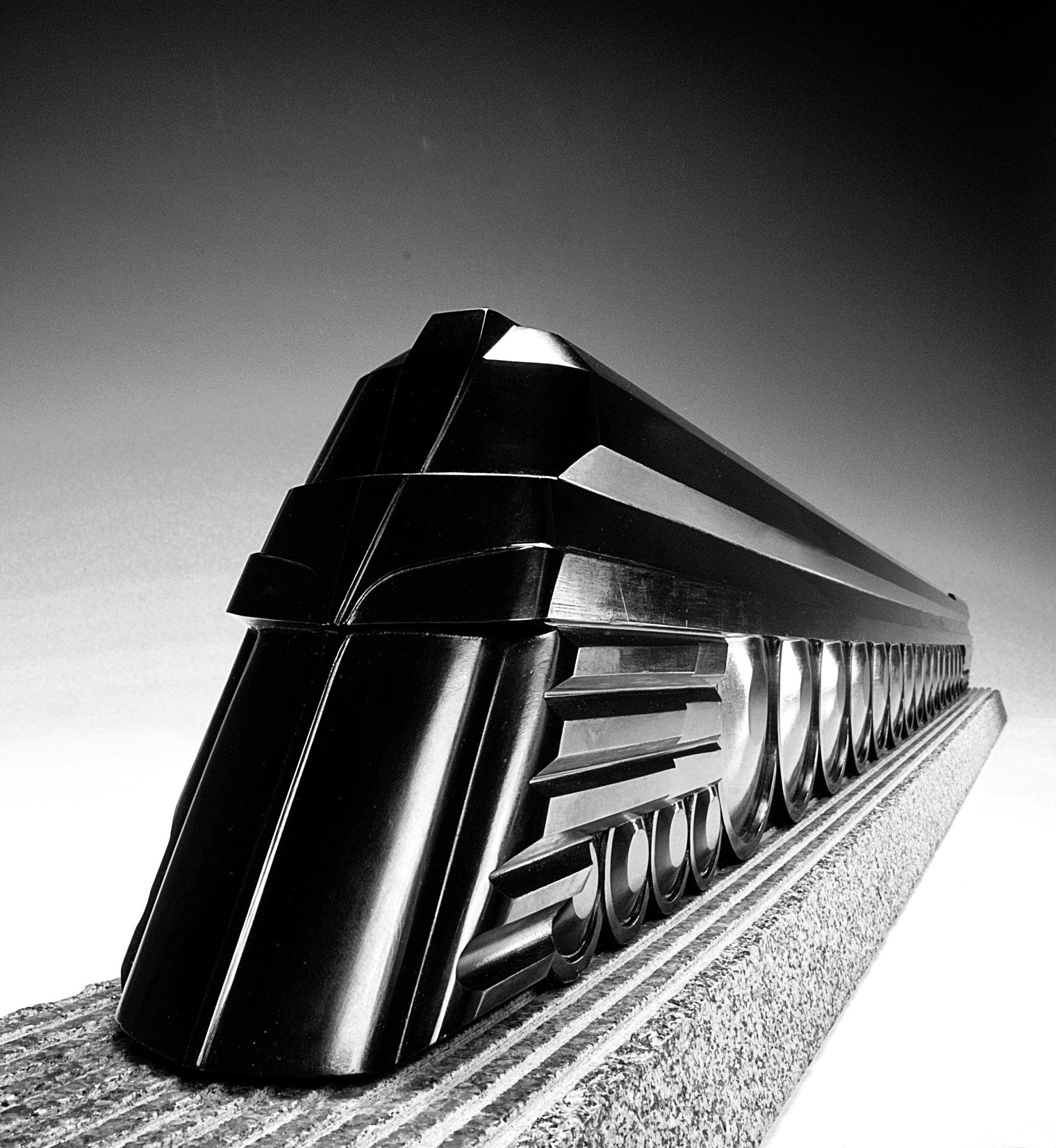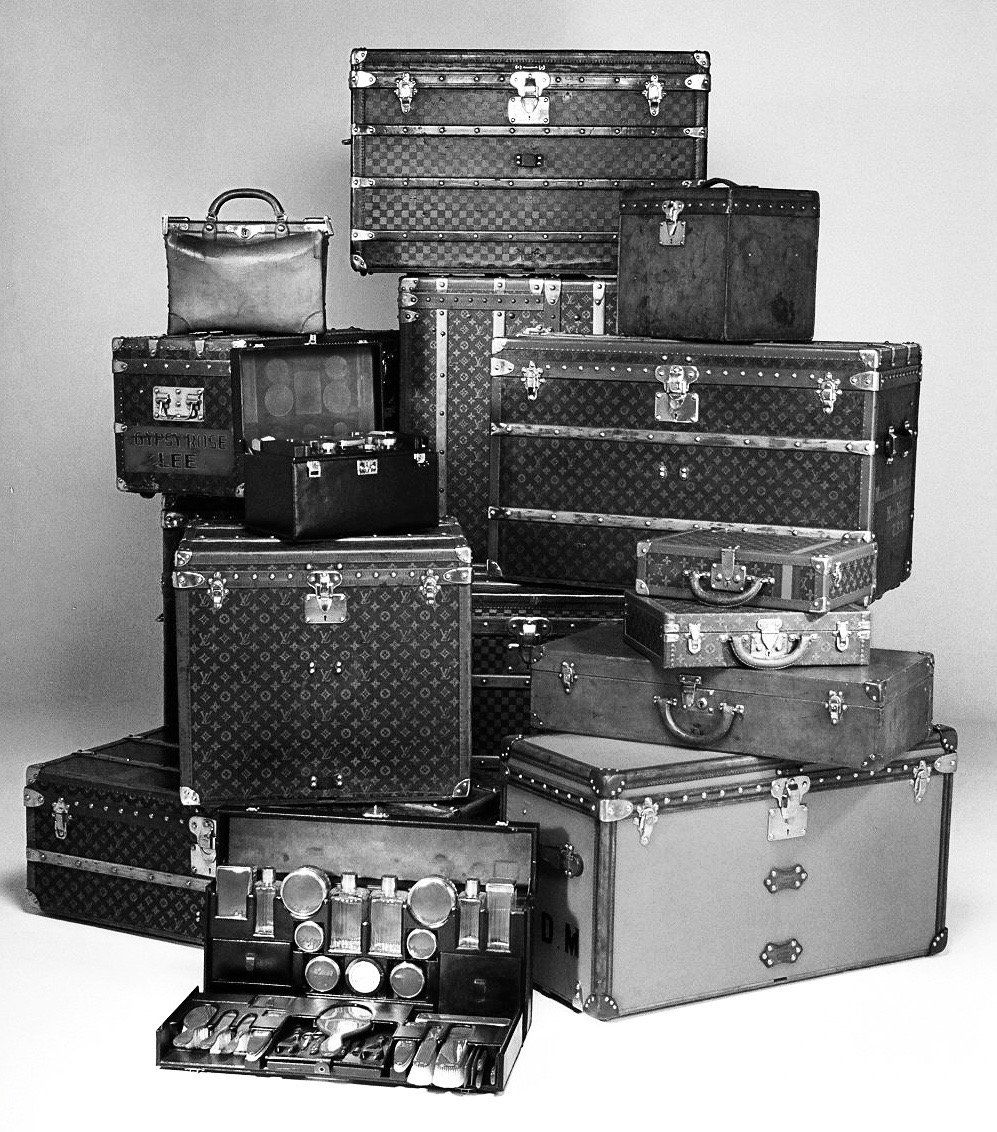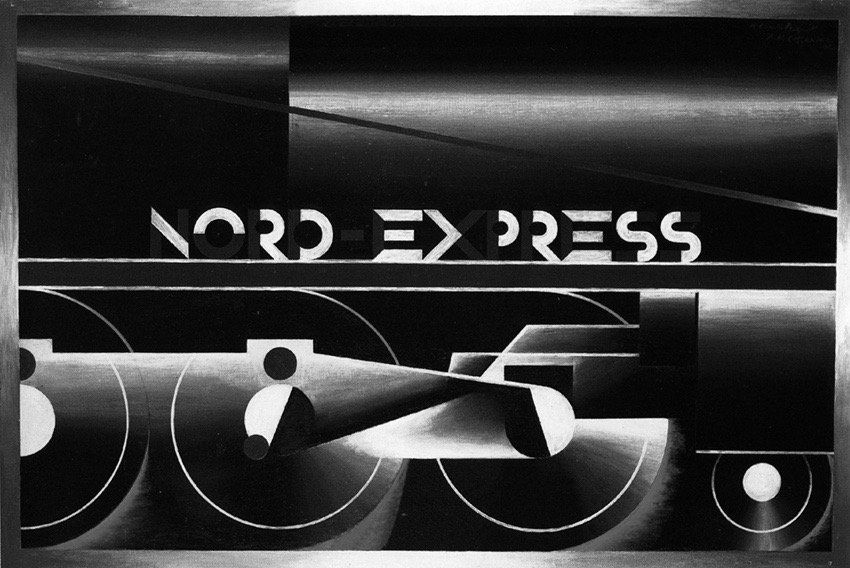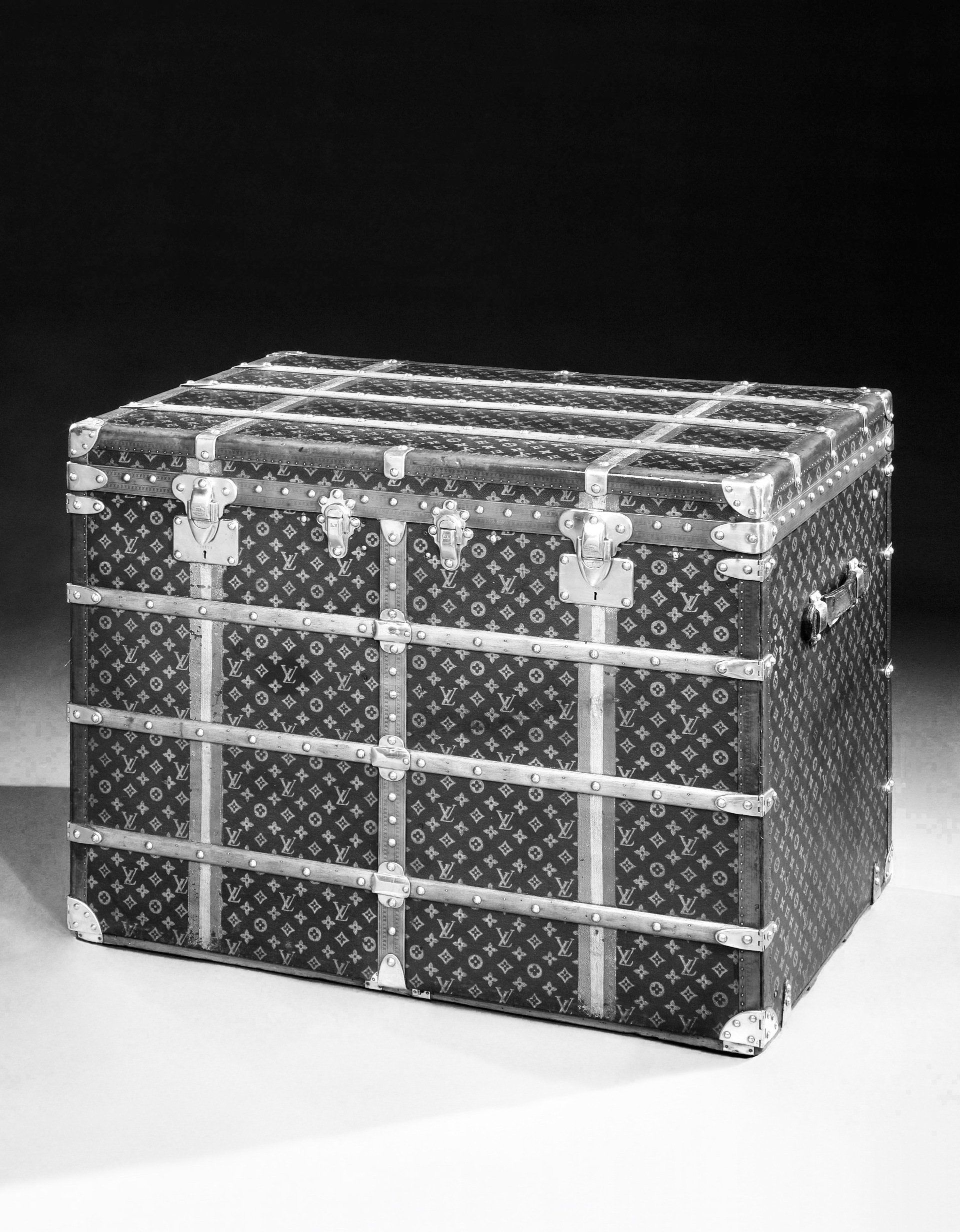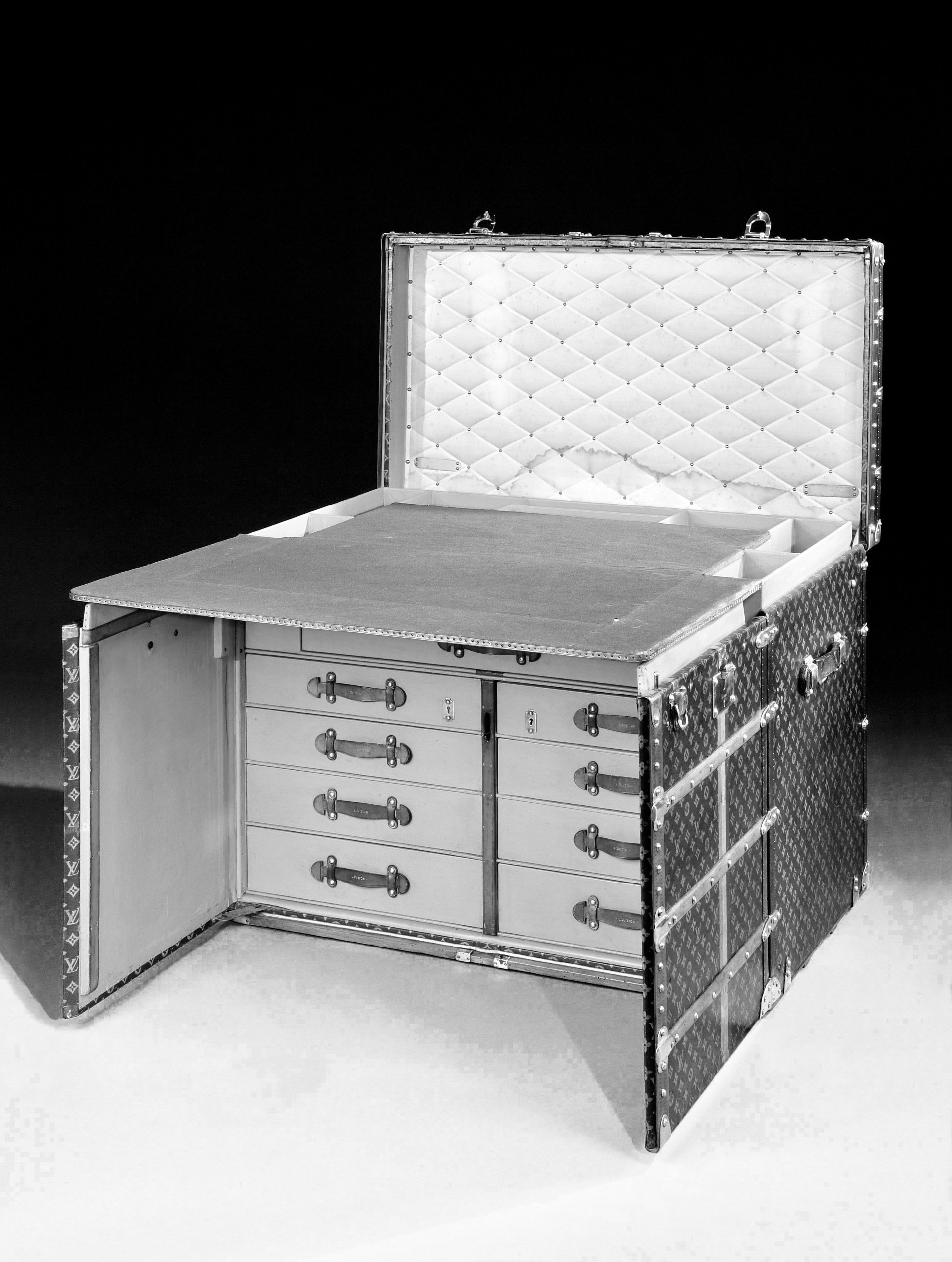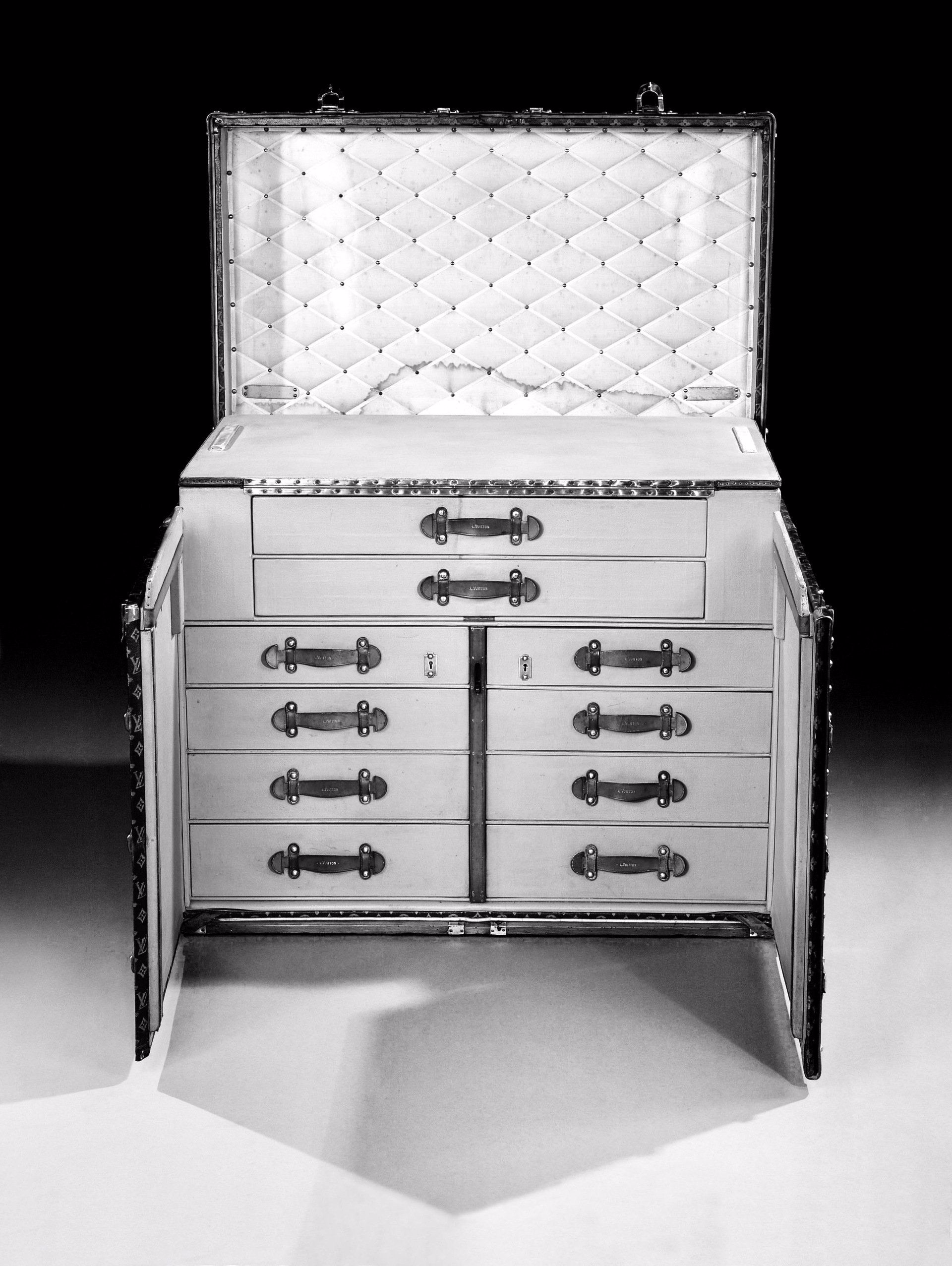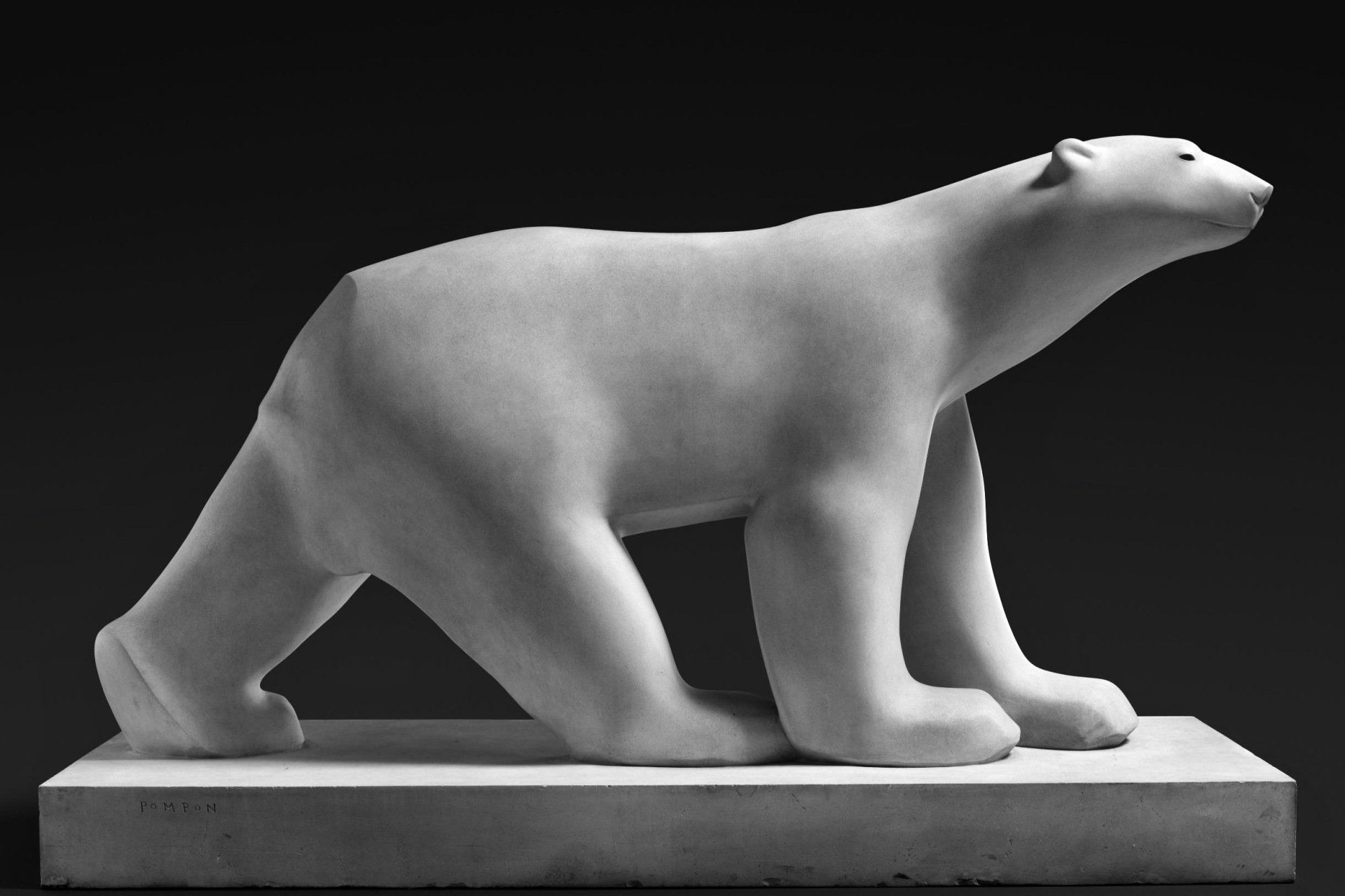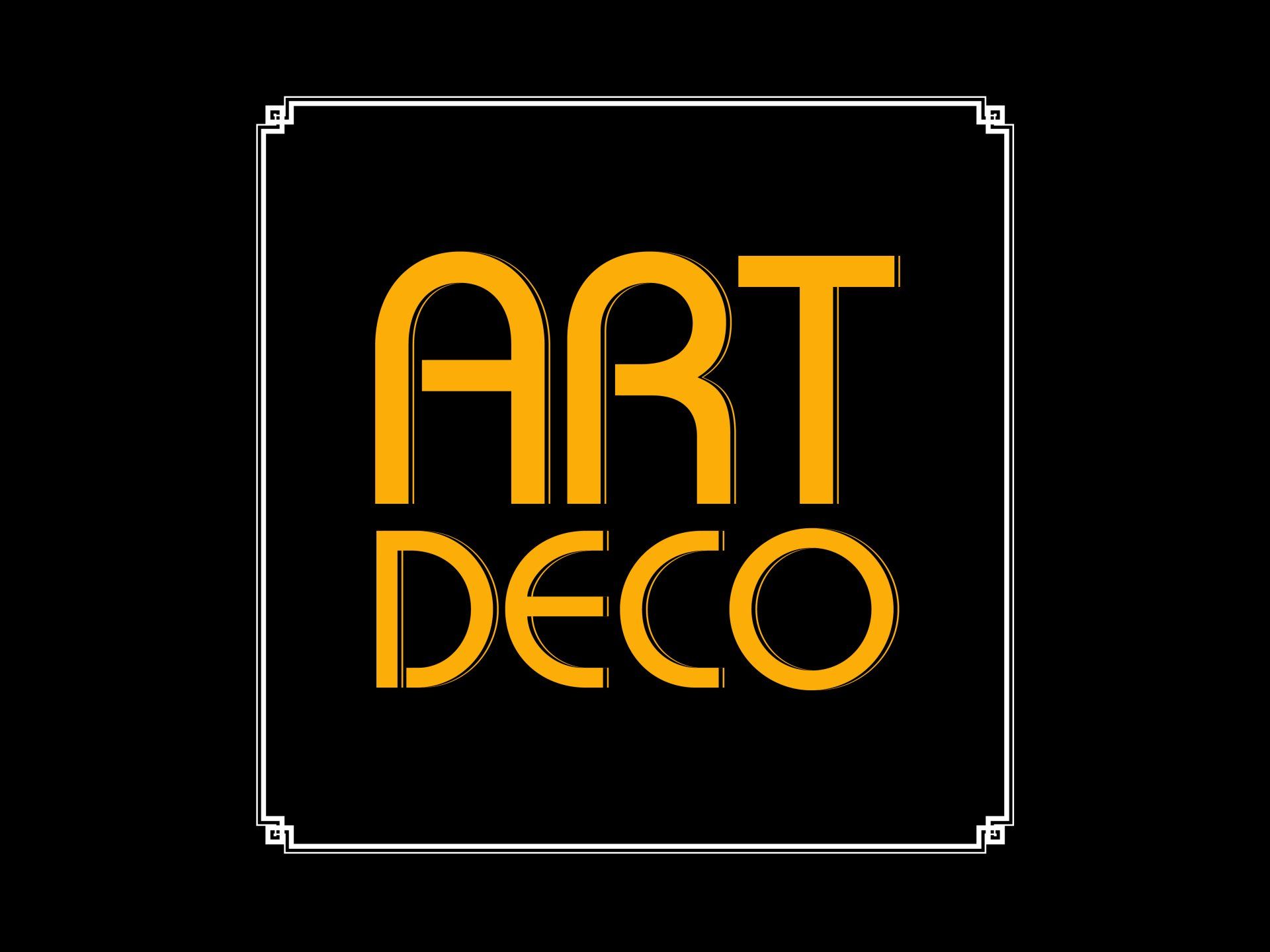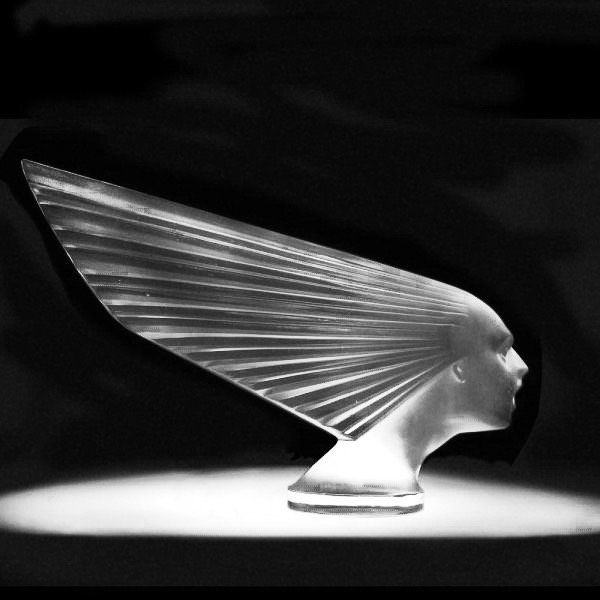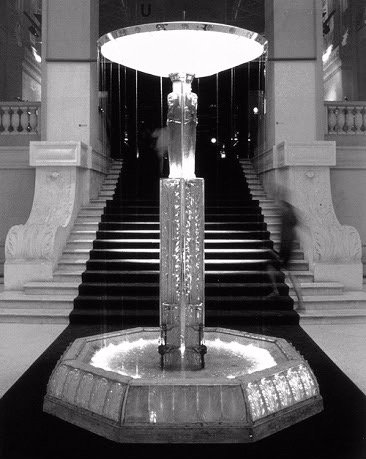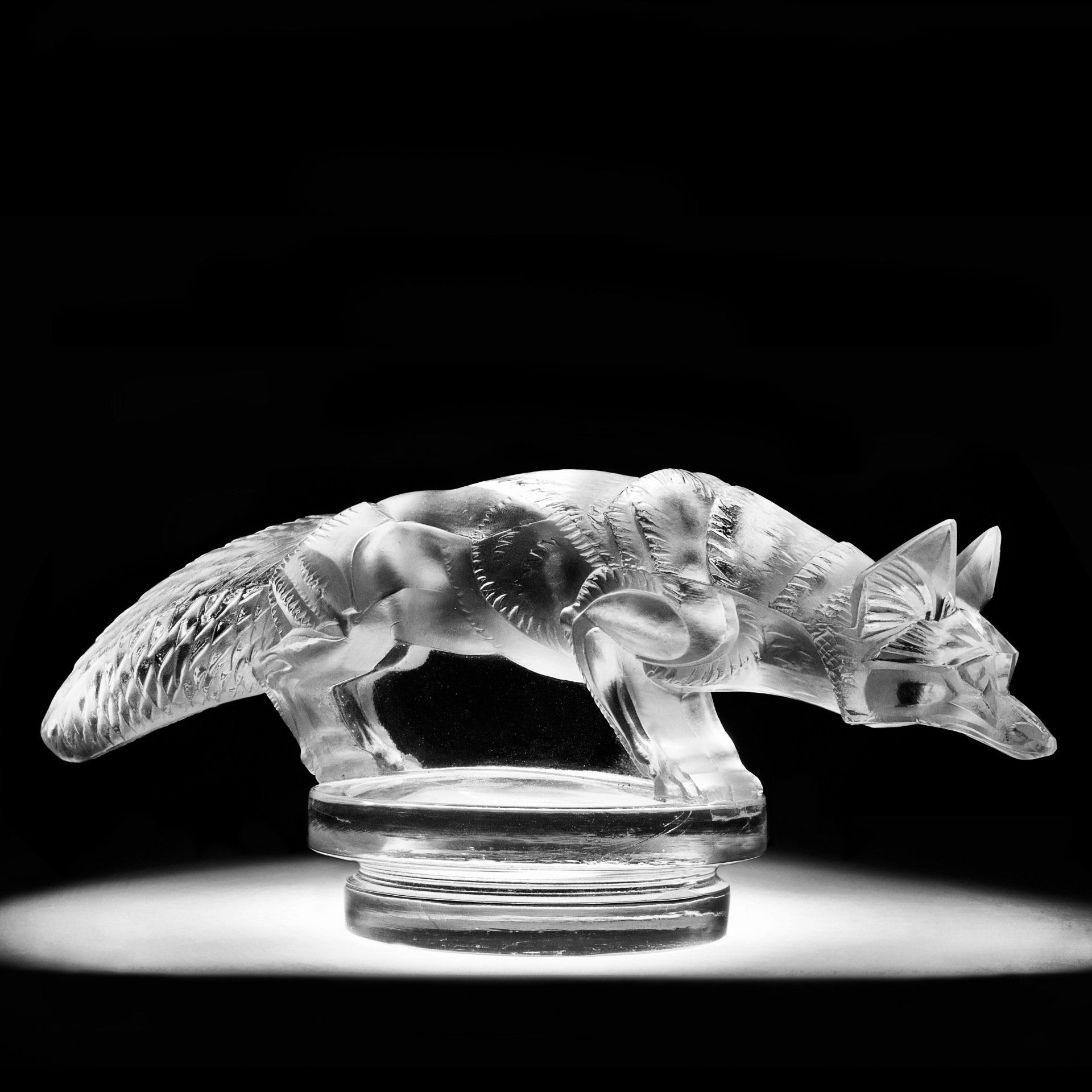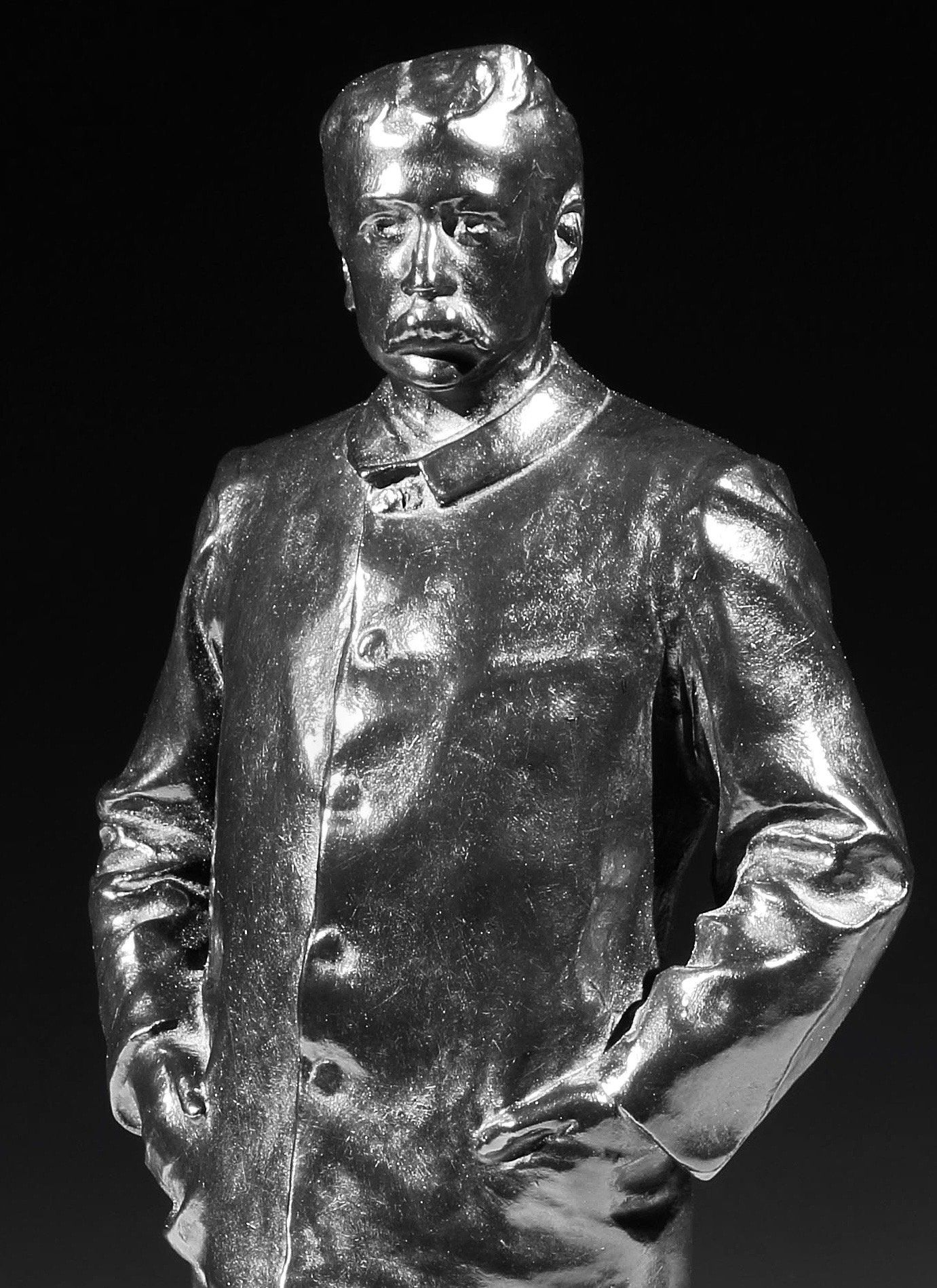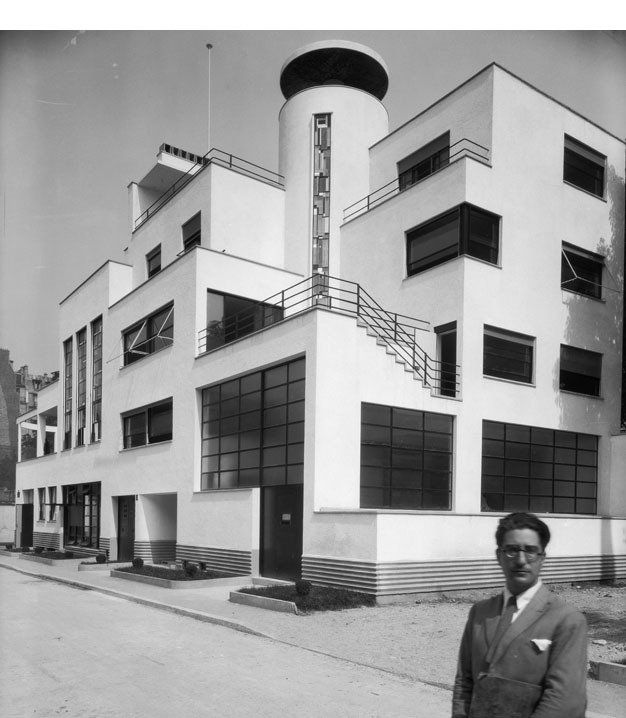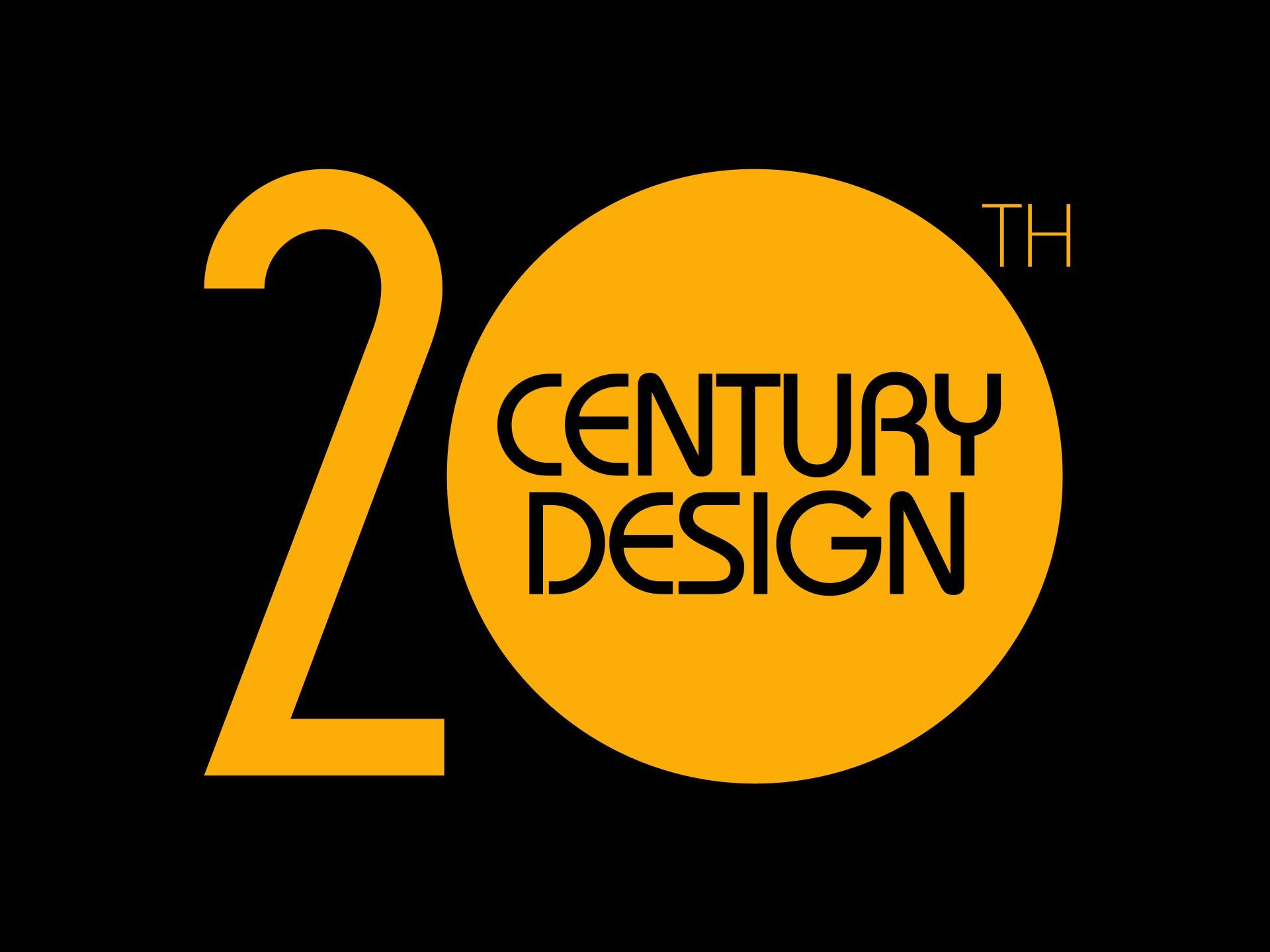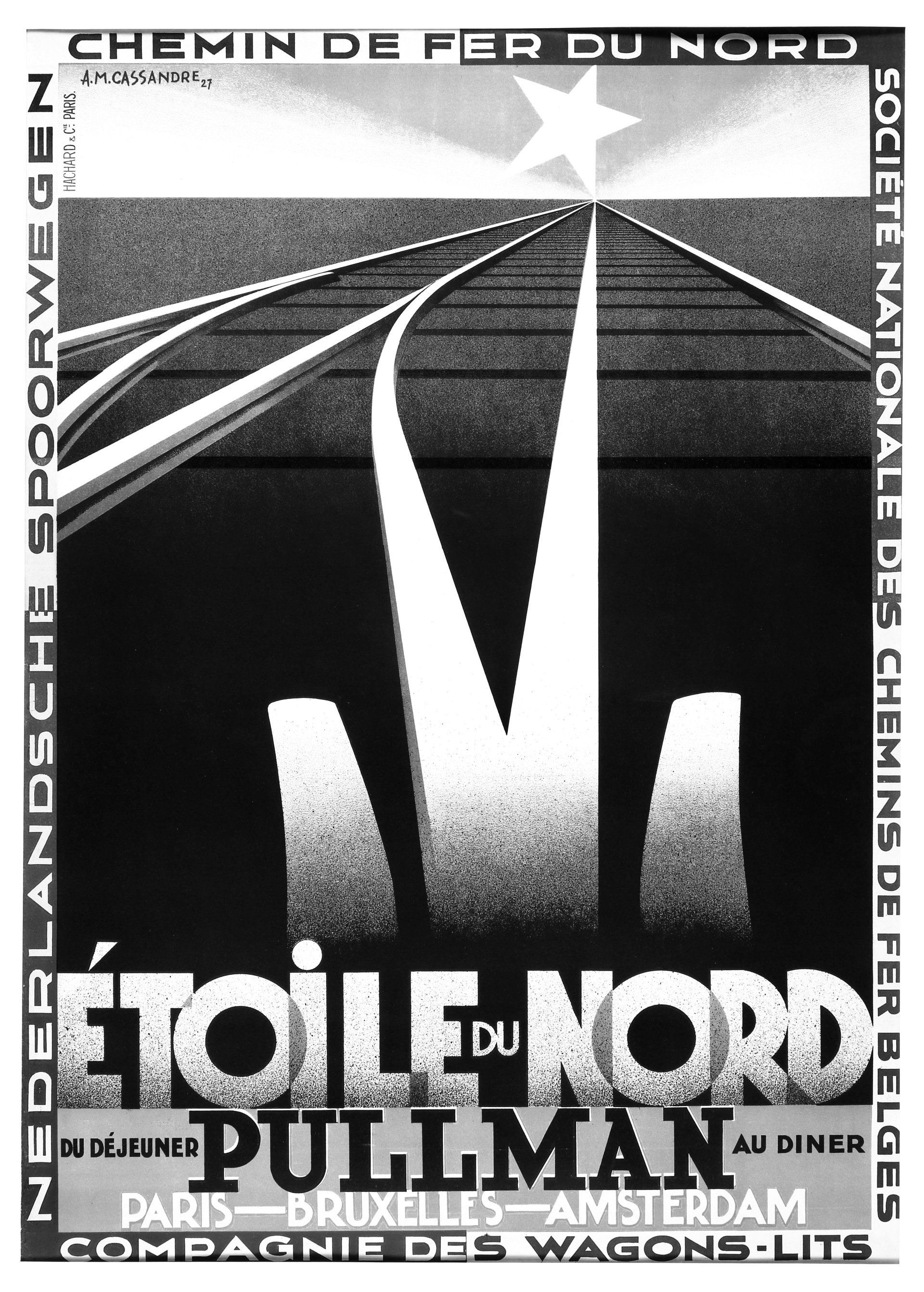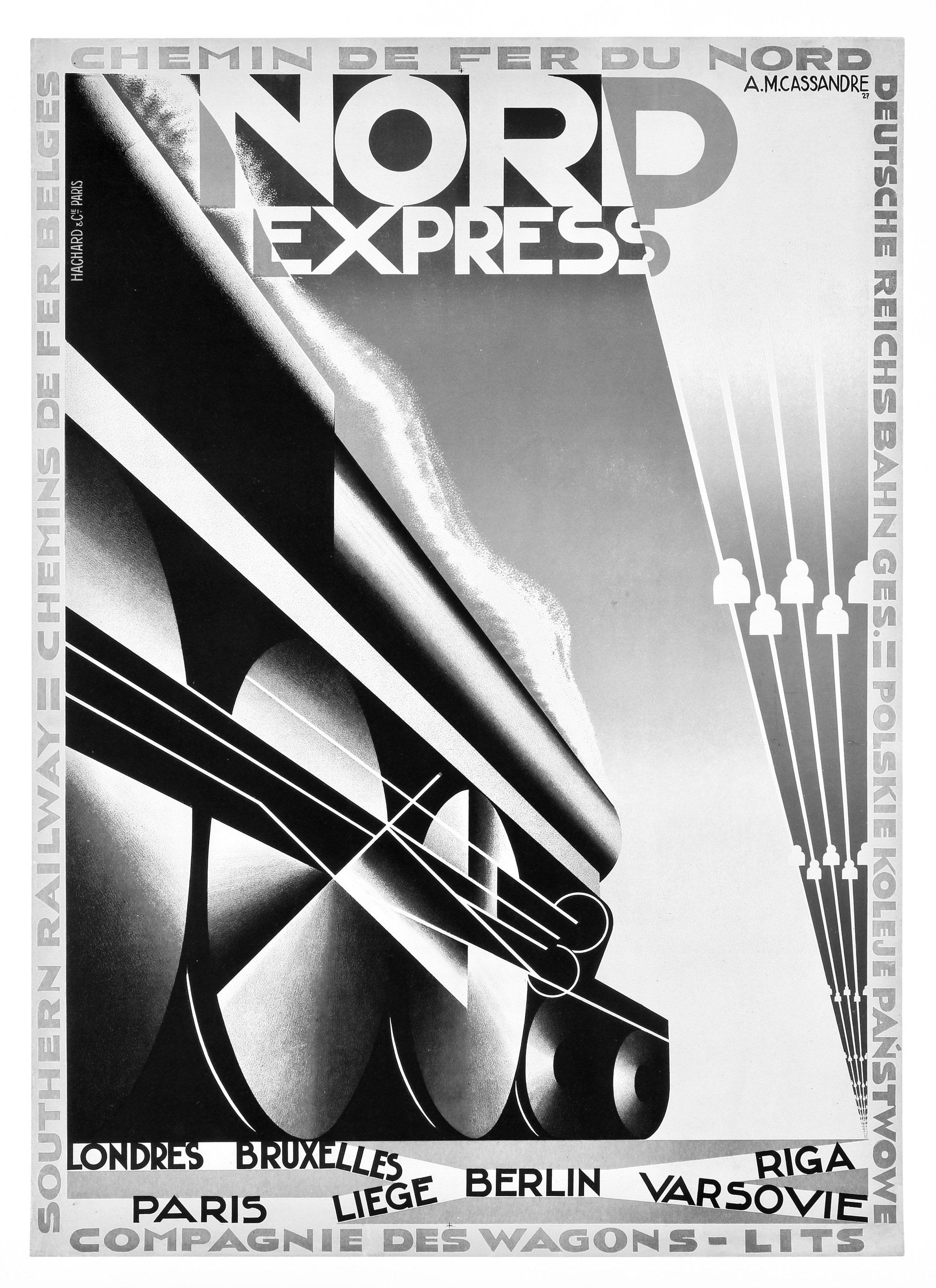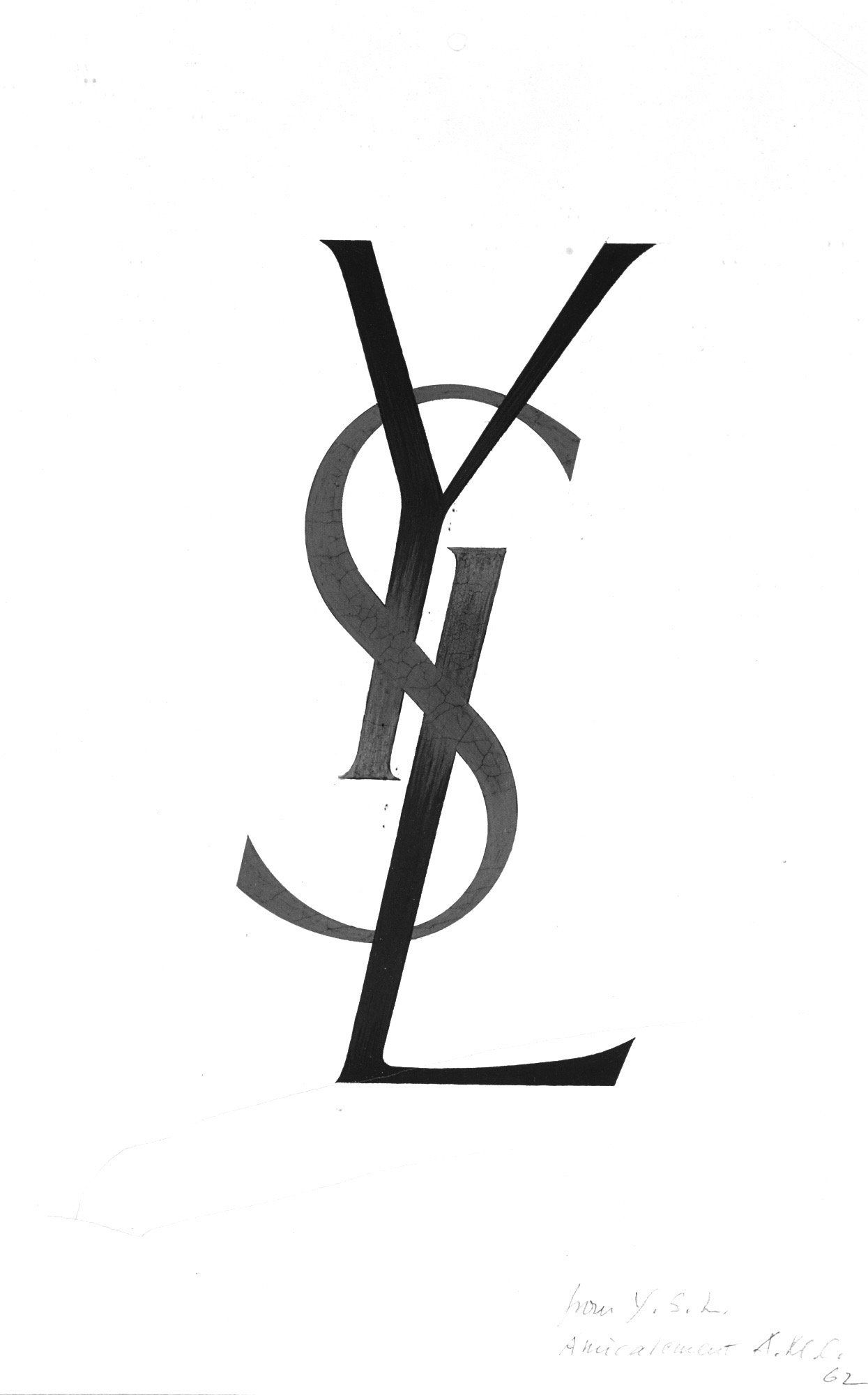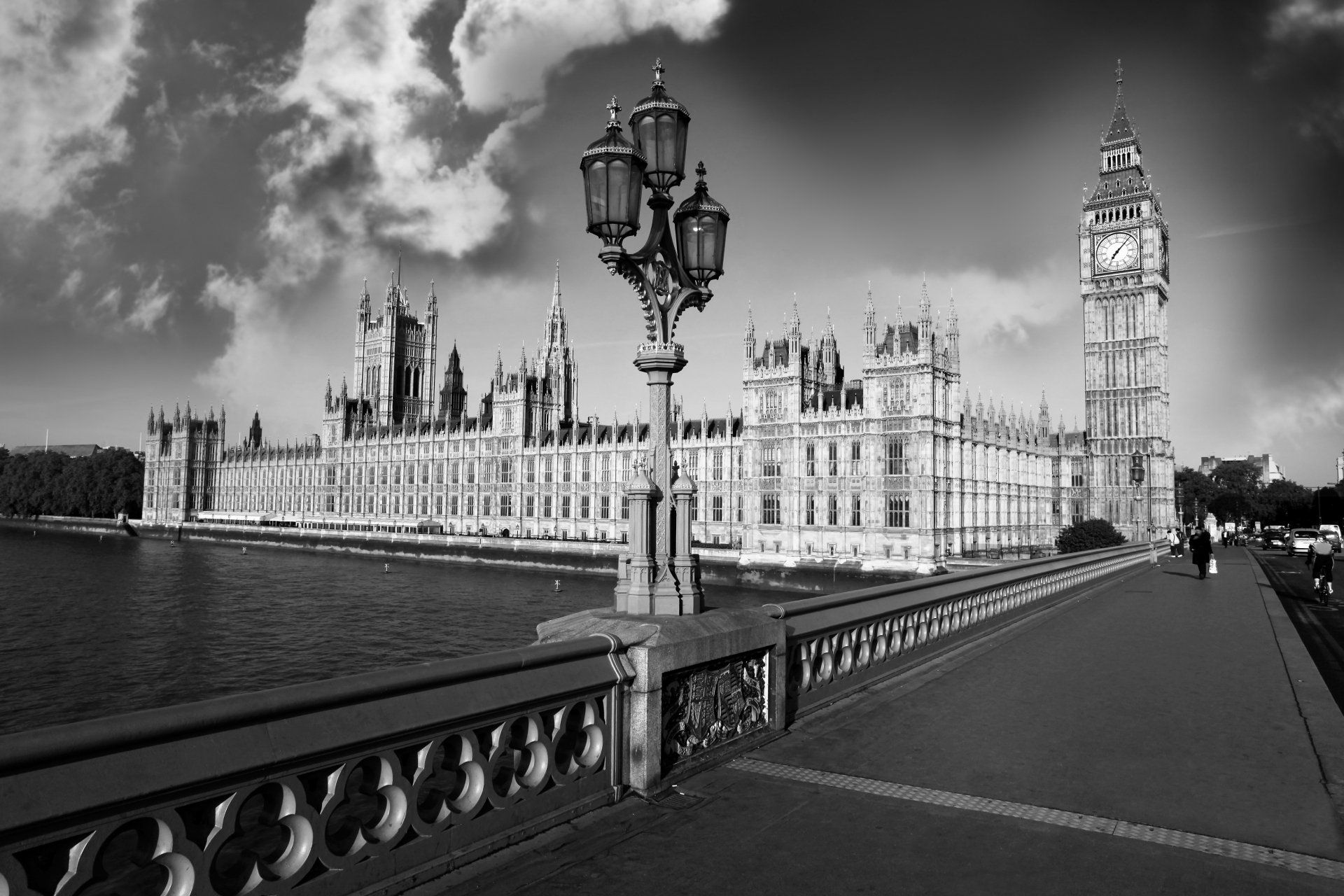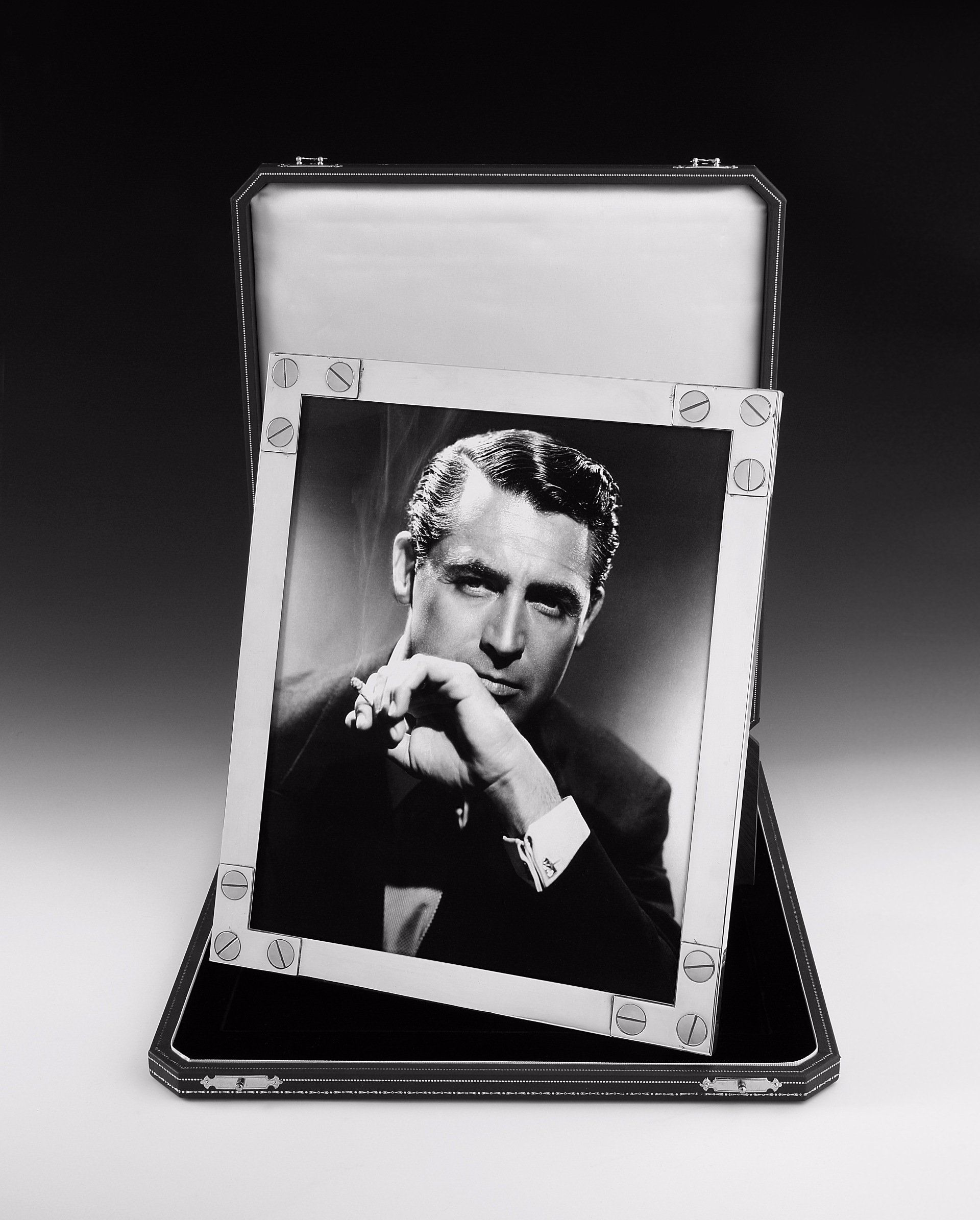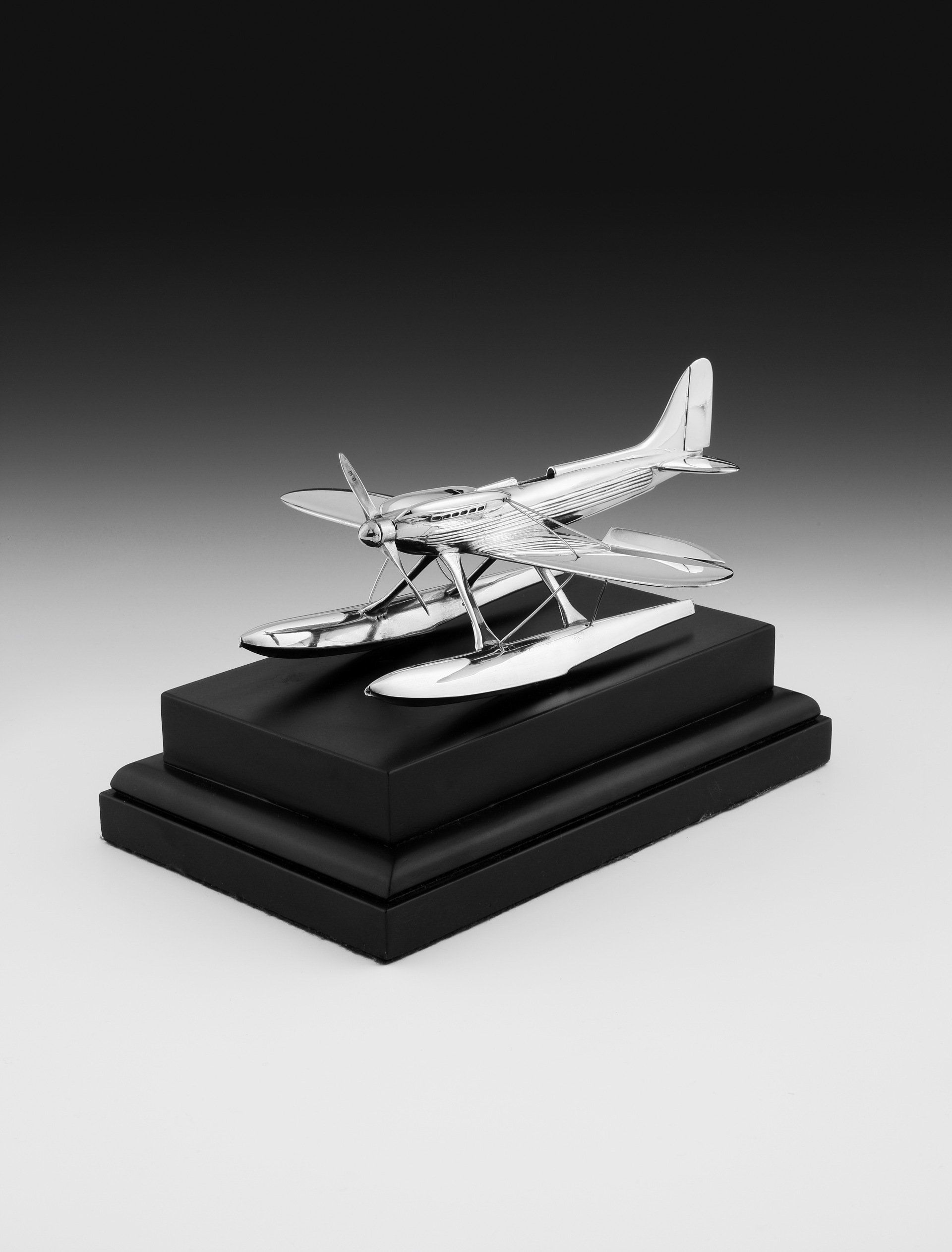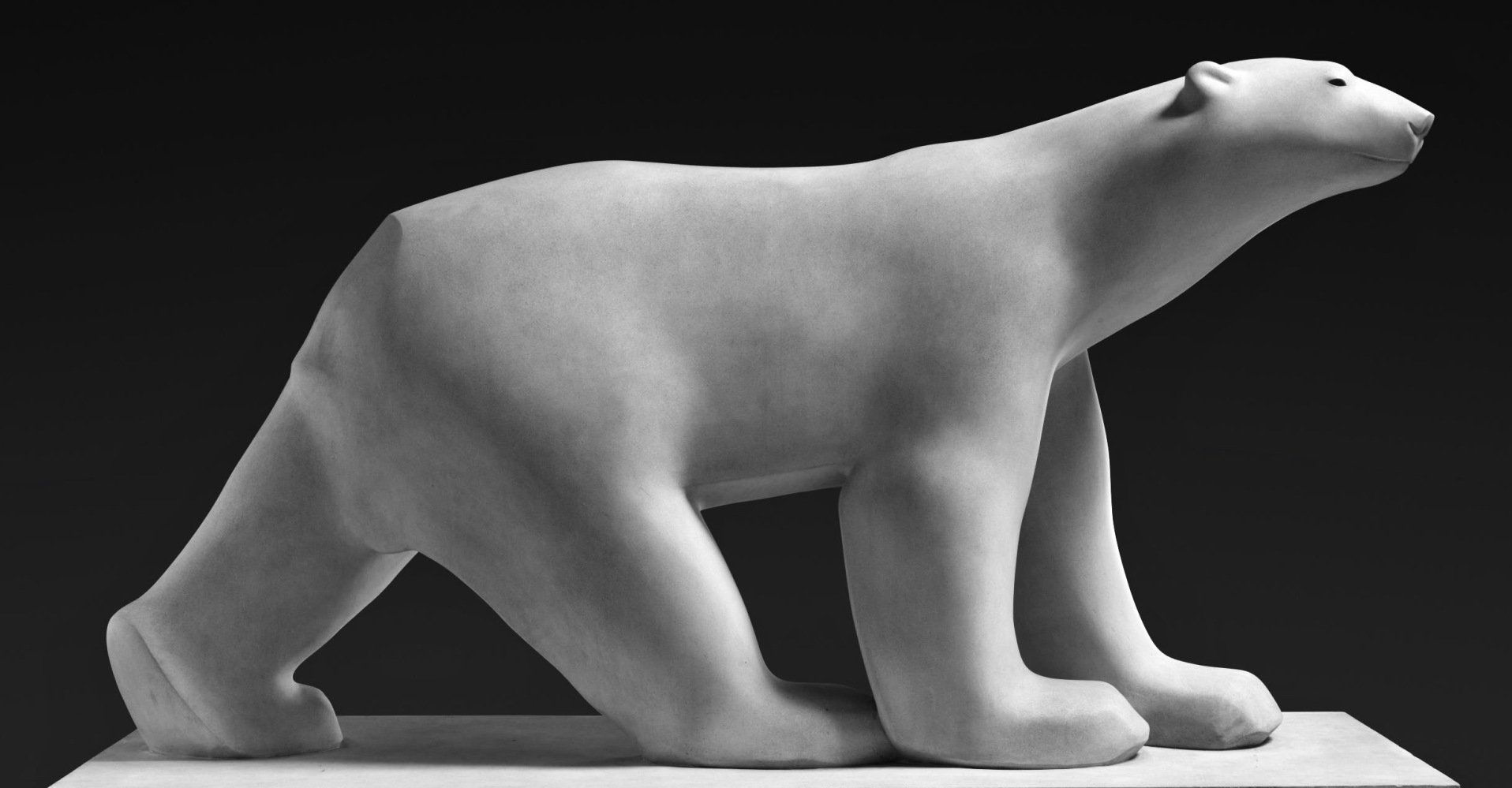
Slide title
Write your caption hereButton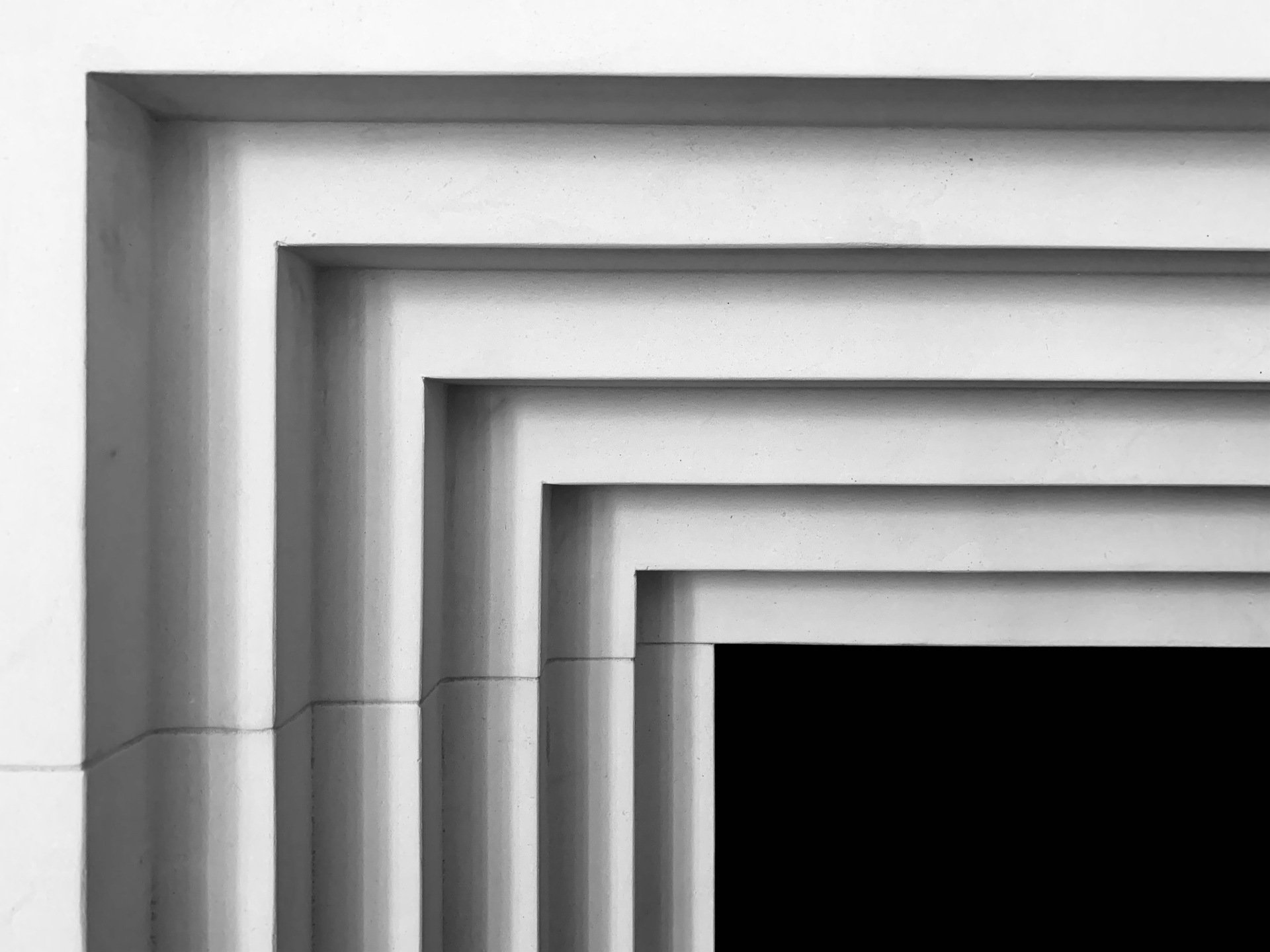
Slide title
Write your caption hereButton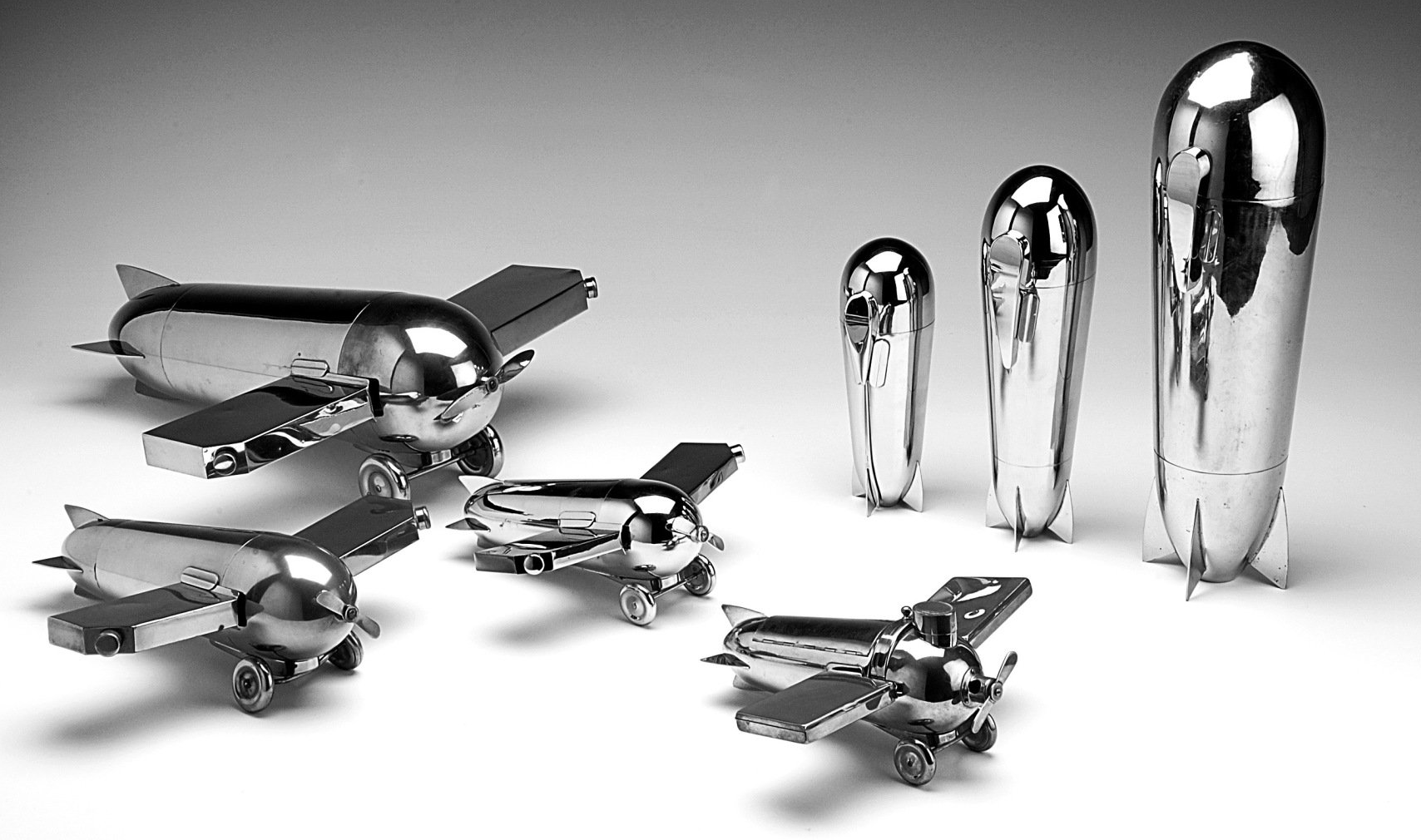
Slide title
Write your caption hereButton
-
I have very much enjoyed speaking with Simon Khachadourian, owner of London's Pullman Gallery, about his passion for all things Art Deco, arguably the most glamorous and instantly recognisable design movement of the 20th Century, possibly of all time. A period that shaped an elegance and a style of living that remains as beautiful, relevant and aspirational today as it was in the 1920s through the 1930s. Click on the arrow to read the full interview
As owner of the famous St James’s based Pullman Gallery, Simon Khachadourian is a man who knows a thing or two about timeless beauty and beautiful Objets d’Art in forms that both engage and enchant us in our everyday lives. And Simon certainly practices what he preaches, liking his cocktails stirred but ensuring that his choice of motor car stirs his senses but does no shaking – especially around the “scuttle region”.
Starting his career in the City, Simon supplemented his meagre earnings as a trainee shipbroker with weekly visits to Bermondsey Antiques Market, buying and selling. These forays were becoming increasingly lucrative, and eventually he decided to make a career out of selling the most beautiful Art Deco and 20th Century collectible Objets d’Art.
I first met Simon many years ago through our shared love of collector’s motor cars of which Simon has owned his fair share - and still does, including several Bentley R-Type Continentals, a Ferrari Daytona, a 1962 Mercedes 300 SL Roadster and a 1914 Rolls-Royce Silver Ghost. I regularly enjoy a very proper espresso with him in his Gallery to learn about his recent finds.
As with everything he does, Simon has extended his knowledge deep into his subject and the era with which he deals. He has published The Cocktail Shaker which has become the definitive work on collectible barware, and is a leading authority on the French designer, René Lalique. He has a great sense for culture and beauty and has a fine collection of Art Deco design statements himself, as well as many wonderful Objets d’Art and collector’s pieces relating to motor cars and travel, his other great passions.
Simon would normally be off to Paris at this time of year for the annual pilgrimage to Retromobile which he hasn't ever missed since its inception in the 1970s, to hunt for some rare and elusive automotive and travel treasures before the crowds arrive. Retromobile has been postponed this year so I took the opportunity to have a chat with him about The Life Beautiful.
Art Deco and Objets d’Art:
Your Gallery is proof that with creativity, craftsmanship and love there can be aesthetic pleasure in everyday objects, give us some examples of pieces that define this.
I would have to say the Hermès Cube Weather Station. It was designed for Hermès by Paul Dupré-Lafon in the 1940s and features a clock with a perpetual calendar, a barometer, a compass and a thermometer. It’s just the finest example of a tactile, practical, functional desk object in an absolutely exquisite design. I also enjoy a relaxed cigar next to a wonderful sterling silver and onyx cigar ashtray in the form of a table, made by Leuchars in 1912. Each time I engage with these objects I like to take a little more time over whatever I am doing.
Beauty is important to the aesthete but how important is being able to experience the object (driving the classic car, playing the guitar, cutting the cigar, shaking the shaker, reading the Wodehouse first edition)?
Highly important. All of the objects that I personally own and sell in the Gallery are in perfect working order and that is a big part of the thrill that I get from them. I would like to say that we practice what we preach. Each time I open a letter with my jewelled letter opener that belonged to King Edward VII there is a sense of occasion – until I read the invoice!
Should we continue to use collectible Objets d’Art for the purpose they were created or does potential wear and tear and collectible value prohibit this?
Yes, we should, but proper steps must be taken first. For example, vintage posters should always be framed with the correct ultra-violet resistant glass to avoid fading. Travelling with vintage luggage trunks is a joy and regular treatment of the leather will enhance their beauty and make them last for another generation to enjoy. Use and the proper ongoing maintenance is part of the pleasure and gentle patina is nice to see if accompanied by evidence of care. This is quite different from hard, uncaring, wear and tear. Art Deco silver and Objets d’Art are highly decorative objects and should always display at their best as far as is reasonably possible, but that certainly does not mean one should wrap them in cotton wool and keep them in the attic, never to be enjoyed.
What’s the most unusual, functional piece that you have come across?
Of the literally thousands of objects that I have owned and sold over the years, the one that immediately stands out in my mind is a large travelling luggage trunk/writing desk by Louis Vuitton. One of just 20 made in 1916, it is a delightful piece of practical and multi-purpose design from a bygone age. Essentially it is a large Louis Vuitton luggage trunk that can be re-configured for use as a writing desk. When it appeared at auction in Cannes I knew I had to have it - only later learning that I had outbid the Vuitton museum to get it…ouch! To finish the “story”, I eventually sold it to a descendant of the eminent Russian novelist, Tolstoy.
What is it that personally attracts you to Art Deco & 20th Century Objets d’Art?
Purity of design, strong, bold lines, it’s an instantly recognisable, glamorous and iconic design era. Art Deco works very well in a modern setting and it is so complete in the way that certain features, stepped-borders for example, find their way into many categories of design. A building, a sculpture, a work of art, a clock, a watch, a desk accessory, a letter knife, a telephone, a desk, an armchair, a fire surround, a silver tray, a cocktail shaker or even a doorframe, can all be easily recognised as having been designed with an art deco treatment and this creates a feeling of total harmony and familiarity. Art Deco design features are to be found influencing countless design pieces to this day.
What’s the first important collectible piece you ever owned/sold?
In terms of value, I would say a Lalique fountain that I discovered in Paris around 30 years ago. It was originally designed and installed in 1928 in the shopping arcade, Galerie Claridge on the Champs Elysée in Paris, as one of a pair. The other was badly damaged by the builders in the 1930’s when renovating the building. I commissioned a full restoration of the surviving example by Lalique and it was exhibited at the Musée du Louvre in 1992. It is massive - about 13’ tall and the base is 10’ in diameter, and it required 4 men and 2 days to move it. I concluded its sale to the owner of the Hida Takayama Museum in Japan in early 1995 where it is now the star attraction and is ‘played’ for 10 minutes each hour. When I sold it, it was the first time a piece of 20th century decorative art had been sold for more than £1m.
Tell us about a recent find?
I recently managed to acquire the original architects’/builders’ model of Big Ben made around 1858. It was showing its age and I have therefore commissioned a full restoration, just like the real thing. It’s a 6 feet tall working model with a Smith’s clock movement and it still has its own original, bespoke carrying case. It’s an absolutely wonderful piece of London history and I hope that the restored item is finished on time, just like the real one – BONG!
You’re an authority on cocktail shakers and barware and have written books on the subject, which came first for you, the love of a good cocktail or the beauty of the shaker – and the process?
I actually started collecting cocktail shakers before I started drinking cocktails - working in the City in the 1970s was more of a beer and red wine lifestyle! The very first cocktail shaker that I bought (at Bermondsey of course) was a fine, original example of the Asprey recipe shaker, a much-copied piece, also known as the Tells U How, originally designed for Asprey in 1935. I bought the Tells U How and it ‘Taught Me How’ to build a business from Objets d’Art - the rest is history. Collectible cocktail shakers and barware have since become one of my specialist fields and in 1999 I published what I believe is now the definitive book on the topic.
If you could have just one cocktail shaker which would it be and why?
It would probably have to be the large Boston Lighthouse shaker which was created in America in 1927. There was a large and a smaller version, 24 or 14 inches in height and the larger version is an extremely rare item, phenomenally expensive at the time it was made at $600 (enough dollars to buy a new Chevrolet) in 1927! Interestingly it was offered as a beverage mixer rather than cocktail shaker due to the fact that in 1927 prohibition was still annoying people. A wonderful example of form over function and possibly the origins of the expression “well-lit”.
Favourite cocktail?
It would have to be a Negroni.
Favourite cocktail bar?
Home at the moment, although usually it would be Le Bar at Le Meurice in Paris. Art Deco splendour, a traditional atmosphere, great beauty and style, and of course perfect cocktails.
You are also an authority on Lalique motor car mascots, how did this come about? What is it that makes Lalique mascots so special/collectible?
It was, in fact, my older brother, also an antique dealer, that inspired me to start collecting them. In my very early days I used to advertise motoring related items in Motor Sport magazine and a following for Lalique motor car mascots grew from there. I became business partners with Mark Waller in the late 1970s; Mark was a world authority on Lalique and my knowledge and passion for both René Lalique the designer, and the motor car mascots, grew from there. I remember buying a pristine example of Victoire in the 1970s (at Bermondsey!) and selling it for around the equivalent of a month’s salary at the time! Lalique mascots adorned the radiators of many of the world’s finest motor cars - subsequently, countless examples have been damaged or lost forever making those that have survived in perfect, original condition highly sought-after by collectors around the world. It’s extremely exciting to find a perfect survivor of one of the rarer pieces.
Do have a favourite?
Unquestionably Renard, the Fox - for the love of the perfect ear. A knowledgeable Lalique mascot collector can instantly tell if a mascot has been damaged and re-polished to shape and the ears of the Fox are highly vulnerable to damage. They should be perfectly shaped and proportioned and sharp to the touch. Finding an example of Renard who maintains his original, undamaged, pointed ears means finding an extremely rare and valuable piece. The entire set of mascots comprises 30 designs and collectors are constantly hunting to find better and better examples of pieces they already own to create the ultimate, complete set.
Your wife Georgina’s Pullman Editions has designed its own set of posters depicting images from the late Belle Epoque through to the Jet-Set era and the 1970s. How do you think these resorts and the people that frequent them have changed?
Resorts and leisure travel are just so much more accessible today and many more people have the necessary disposable income to travel to them. In the 1920s only the very rich could afford to travel and they would spend much more time in their chosen resort, winter or summer. They would also travel with their staff (butlers, maids and valets) meaning they did not need to adapt to their surroundings so much as adapt their surroundings to suit them. They would travel with a full complement of comforts and luxuries and it was this new, luxury travel that gave birth to the clever and decadent luggage sets and myriad travelling accessories that we continue to discover and enjoy today. Travelling was once a beautiful, glamourous experience and we celebrate this bygone style and elegance through our re-imagined and unique poster designs.
Travelling in Style. You specialise in Louis Vuitton luggage and trunks -
is the journey as important as the destination?
Very much so. Louis Vuitton, Hermès and other brands have long recognised the importance of the journey and created countless beautiful and functional accessories and instruments to make travel as much of a home from home experience as possible. From beautiful leather trunks designed to morph into writing desks to travelling bars, safes, picnic sets, shoe boxes, hat boxes, gaming sets and more, travel was once uncompromised. This was all taken care of by having an efficient staff or course.
Where do you find common ground between your business and your passion for collectible motor cars?
Meeting like-minded people as they are both essentially lifestyle hobbies. Over the years I have noted that car guys will typically also like vintage aircraft and boats. Those that collect cocktail shakers will also hunt for interesting cigar and bar accessories whilst vintage luggage collectors will also collect original travel posters from great graphic artists such as Cassandre. Personally I’m happiest when driving a classic Bentley and smoking a good Cohiba with the vintage Vuitton luggage in the boot!
Is slow living a dying art?
Perhaps it was becoming that way but ironically, I believe that due to the awful Covid, many people’s priorities and values have been reset - they are paying more attention to simple things and simple pleasures such as reading a book, playing backgammon, making a cocktail, and perhaps, and I hope, this will endure. I once heard a great story relating to Annabel’s founder (and a regular customer and friend of Pullman), Mark Birley; when a journalist arrived at his home to interview him, he was greeted at the door with the news that “Mr Birley is not available at the present moment as he is busy relaxing”.
Original or restored?
For the decorative and functional objects that I personally collect and sell, restoration is essential… but only when done impeccably. Conversely, when it comes to a motor car or a guitar for example, very often original is more desirable as the dents, scratches and patina tell the story, of the life and use. With a cocktail shaker a dent usually just means it has been dropped. Collectible pieces are primarily decorative as opposed to purely functional and for this reason should be presented beautifully wherever possible.
Form or function?
Why choose when you can have both. I lust after motor cars from the 1930’s as they are design masterpieces from the glamourous, streamlined, art deco era that I love. However, the driving experience of these pre-war motor cars will likely be, on the whole, a little disappointing, at least when compared with something like a Mercedes Benz 300 SL or a Bentley R-Type Continental from the 1950s.
Is Beauty fundamental to your happiness?
Yes, absolutely, no question. I’m very lucky to be surrounded by beauty and beautiful things in my Gallery and at home. Every morning I stop on my way down to breakfast to admire the Emanuele Zurini train sculpture “Locomotive 1” in my hall – it gives me a great sense of well-being. Zurini is almost 80 now and this is the finest work he created, more than 30 years ago.
Aesthetics
What’s your favourite piece or era of design?
It has to be the 1920s and 1930s. For me it’s all about people being first, originating a style…anyone can imitate. If I have to choose, my favourite piece would be Francois Pompon’s Ours Blanc (Polar Bear) sculpture from 1924. It’s sublimely beautiful in its exaggerated proportions, it’s pure, charming, soft, tender and there’s nothing superfluous, it’s totally original and yet instantly recognisable as an Art Deco sculpture… it never fails to bring a smile to my face.
Which is the one artist you would collect if you could?
Adolphe Mouron, better-known as ‘Cassandre’. Very little that he did that was wrong, in fact everything he designed was quite sensational. He had incredible imagination – for example, he designed Railway posters without depicting a train! He won first prize at the Art Deco exhibition in Paris in 1925 for a poster entitled Bûcheron (an example sold for 230,000 euros last year) and continued to create striking posters throughout the period. He was born in 1901 in Ukraine to French parents and moved to Paris to study art in 1915. He had aspirations to be a painter only using his graphic design skills as a quick fix financially, but grew to prefer the poster as an art form as it “gave the painter the golden opportunity to communicate with the large public”. His work continues to be appreciated and mimicked throughout the world, and interestingly, in 1963, he designed one of the most famous icons: the Yves Saint Laurent monogram.
Which designer do you think has most impacted your aesthetic sensibility?
René Lalique. He did so many wonderful things over a long career. He started as a jeweller, although I would suggest as a bijoutier rather than a joaillier - his great emphasis was the intrinsic beauty of the design itself for which he did not necessarily need to employ precious stones. René Lalique was an artist, a designer, a jeweller, an innovator, a glassmaker, an industrialist and a visionary! Interestingly he was also educated in England.
Do you have a favourite architect?
The French architect Robert Mallet Stephens. A Modernist and a contemporary of the better-known architect, Le Corbusier; Mallet Stephens designed houses for many of the famous designers of the 1920’s including Cassandre, the Martel brothers and Charles Loupot, all of whom were influential members of the Union des Artistes Moderne. He also designed shops, factories, a fire station in Paris, apartment buildings, and interiors and was one of the first architects to show an interest in cinema. A highlight of his work is the Villa Cavrois built between 1929 and 1932 – Mallet Stevens created a masterpiece, designing both the building, its interior and furniture as well as its park.
Building, monument or location that inspires you?
Oddly, the Houses of Parliament in London– not exactly Art Deco. Having been on the road in Europe travelling on business or leisure, driving back over Westminster Bridge and being hit by the grandeur and sense of history that permeates from every view, night or day, I always feel safe, secure and home.
Is there an interior design style that you love?
Art Deco in a modern setting.
If you could travel back in time as your 30-year-old-self to any year in the 20th Century, which year would it be and why?
1925, Paris as an affluent young man. Modernity, freedom of expression, music, cars, architecture and surrounded by beauty – it must have been fabulous.
Who/what inspires you the most?
My wife, Georgina. We are both inspired by beauty and over the years our taste in design has aligned. She has embraced and cultivated a deep knowledge and understanding of the objects that I love, collect and sell.
What was the last thing you bought and loved?
I collect Rolex watches and last month I was lucky enough to find and buy a Rolex GMT II in white gold with the Meteorite dial. It’s incredibly rare and I was extremely lucky to get my hands on one.
What’s the best souvenir you’ve brought home?
Above my kitchen table hangs a wonderful Murano glass chandelier lamp that is a one-off design. My wife and I were on holiday in Venice and staying at the Cipriani, it was a freezing cold day, snowing actually, and we took the boat over to Murano. Two hours later we were designing and ordering a Murano glass chandelier – completely random and rather costly. It was an unforgettable experience and Murano sent 3 specialists over from Italy to London to install it.
Is there something you have your eye on?
Well if I could snap my fingers and have something right now it would have to be a Ferrari 275 GTB/4, preferably in black. Pure sex appeal!
Your desert Island trunk must contain?
In terms of luxury, I suppose Cohiba cigars, Campari, and a complete set of James Bond novels.
Personal style and tastes
How would you describe your personal style?
In a word, “classic”.
What’s the best book you’ve read in the past year?
“The Spectator, 10,000 Not Out”, a compilation of their first 10,000 issues.
Hard lines or soft edges?
Soft lines.
When is your mind most at ease?
Sitting on a terrace in Provence with a glass of Domaine Ott, watching the sunset.
Do you have a style icon?
Archibald Leach, better-known as Cary Grant - without doubt.
Salty or sweet?
Why choose? Salted caramel ice-cream, anyone…?!
Can’t do without?
The love of a good woman – beautiful of course (like Georgina!)
Favourite colour?
Blue.
Favourite shape?
Hourglass.
Favourite smell?
Cary Grant’s favourite cologne, Acqua di Parma – preferably Essenza.
Lucky number?
The one on my next invoice…!
MOTOR CARS & MOTOR BOATS CURRENTLY AVAILABLE
Please contact me for further information or to discuss the TYPE of motor car or motor boat that you are thinking of selling.
MOTOR CARS & MOTOR BOATS COMING SOON
Rolls Royce Phantom III
1961 Riva Ariston



